“Trying to do stellar observations from Earth is like trying to do birdwatching from the bottom of a lake.”
James B. Odom, Hubble Program Manager 1983-1990.*
The first concrete plan for placing an optical telescope in space, above the obscuring and distorting effects of the Earth’s atmosphere, originated with Princeton University astronomer Lyman S. Spitzer in 1946. Although others had floated the idea of orbital telescopes, Spitzer’s paper entitled “Astronomical advantages of an extra-terrestrial observatory” described in detail the scientific advantages of placing a telescope in space, 11 years before the launch of Sputnik, the first artificial Earth satellite. Spitzer continued to lobby for a space telescope and in 1962, the U.S. National Academy of Sciences recommended development of Earth-orbital telescopes. NASA launched four Orbiting Astronomical Observatories (OAO) between 1966 and 1972, of which only two were successful. The final OAO mission, called Copernicus, carried a 32-inch (80-cm) telescope that made ultraviolet observations between 1972 and 1981. NASA first proposed a plan to launch a Large Space Telescope (LST) in 1972 and five years later Congress approved the funding.
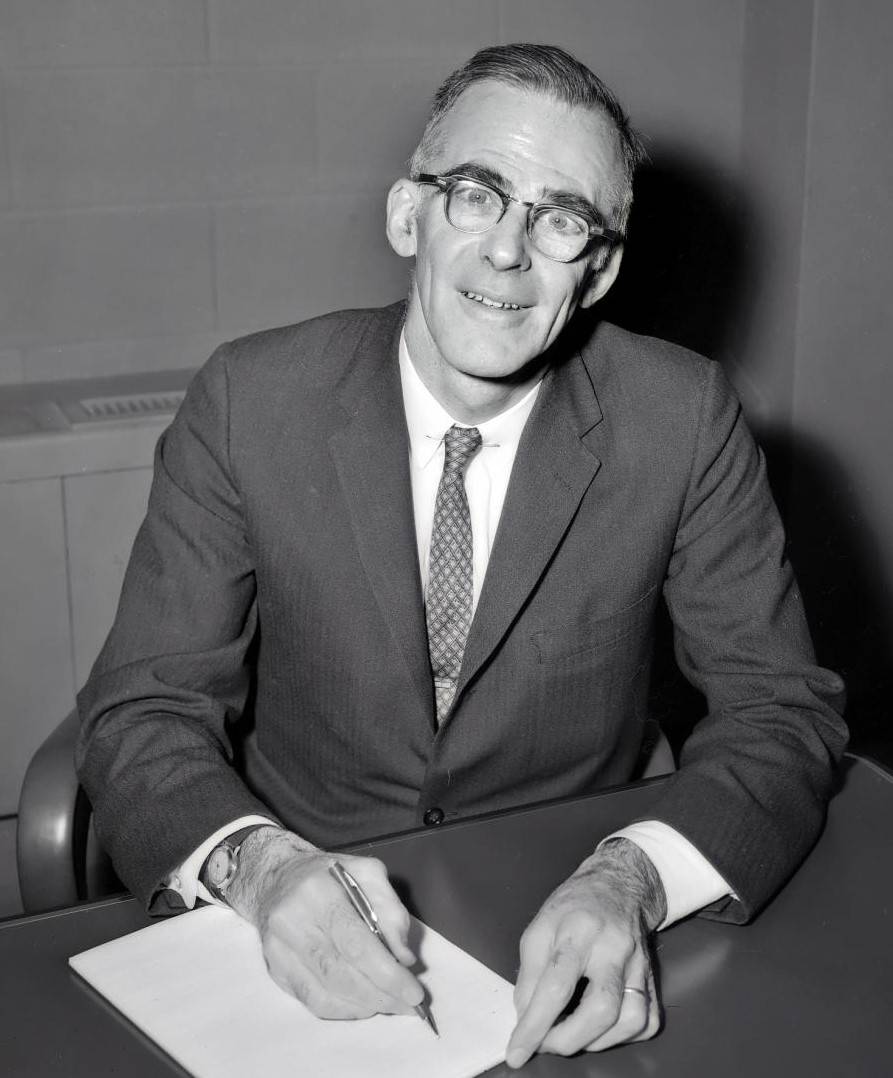
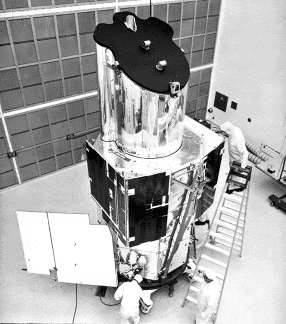
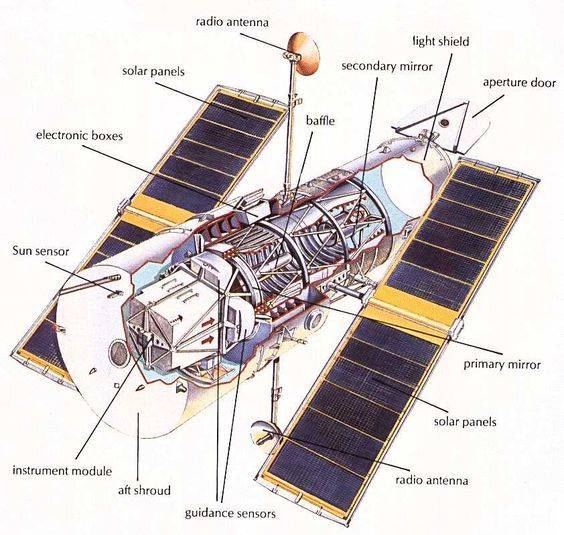
Left: Astronomer Lyman Spitzer. Middle: OAO-3 Copernicus satellite undergoing
preflight testing. Right: Cutaway of the LST/Hubble showing its major components.
As envisioned, the LST would contain a 94-inch (2.4-meter) diameter primary mirror and use the Space Shuttle, then still under development, for launch in 1983. With an expected on-orbit lifetime of 15 years, the LST’s instruments would make observations primarily in the visible and ultraviolet parts of the electromagnetic spectrum. In 1983, managers abandoned the original plan to use the Space Shuttle to return the telescope to Earth for refurbishment and relaunch in favor of in-orbit maintenance and upgrades by astronauts during spacewalks in the Shuttle’s payload bay. The same year, NASA renamed the LST after astronomer Edwin P. Hubble and set the launch for October 1986. The Challenger accident in January 1986 placed all Shuttle flights on hold and delayed the launch of the Hubble Space Telescope to April 1990.
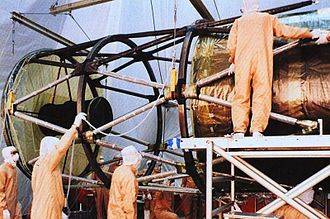
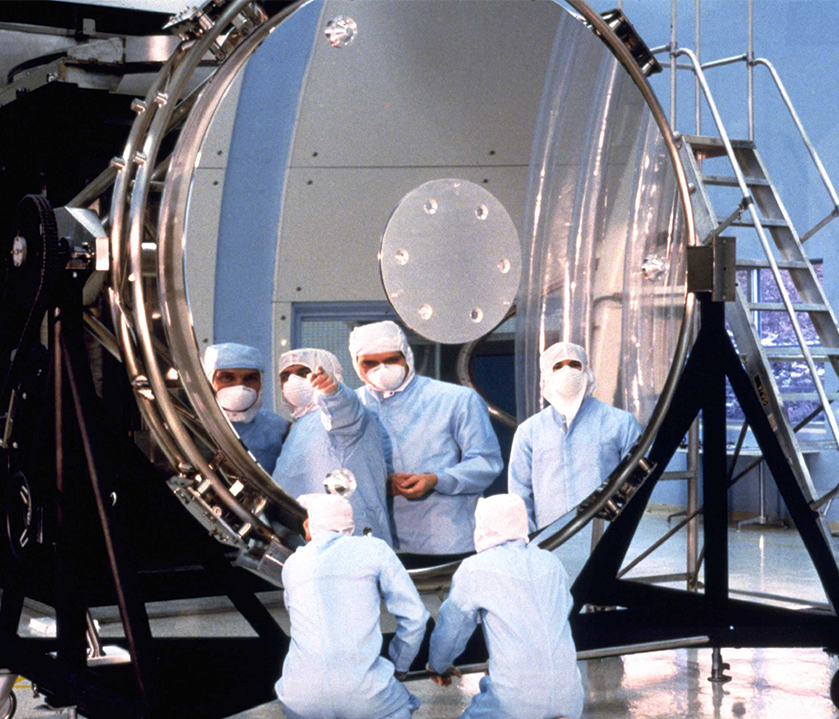
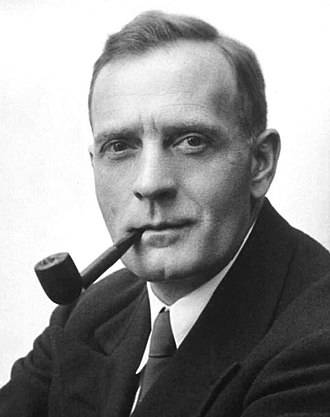
Left: Early construction of the frame of the Hubble Space Telescope.
Middle: Engineers working on the primary mirror for Hubble.
Right: Astronomer Edwin Hubble.
The launch of the Hubble Space Telescope took place on April 24, 1990, during the STS-31 mission. The Shuttle flew to an unusually high 380-mile orbit to ensure that Hubble would operate above as much of the Earth’s atmosphere as possible. Tucked inside the payload bay of Space Shuttle Discovery, the 24,000-pound telescope carried five science instruments – the Wide Field/Planetary Camera (WF/PC), the Faint Object Camera (FOC), the Goddard High Resolution Spectrograph (GHRS), the Faint Object Spectrograph (FOS), and the High-Speed Photometer (HSP). The crew for the mission included Commander Loren J. Shriver, Pilot Charles F. Bolden, and Mission Specialists Bruce McCandless, Steven A. Hawley and Kathryn D. Sullivan. Once in orbit, Hawley grappled Hubble with the Shuttle’s robotic arm, carefully lifted it out of the payload bay and after ensuring that the telescope’s two solar arrays and antennas had properly deployed, released it to fly free. McCandless and Sullivan had donned their spacesuits in preparation to conduct an Extra-Vehicular Activity (EVA) or spacewalk in case anything went wrong with the deployment. As it turns out, their skills were not needed, and because they were in the Shuttle’s airlock, were probably the only two interested parties who did not see the release of the Hubble Space Telescope. For the next three days, the Shuttle remained in a station-keeping position 50 miles from Hubble in case any problems during activation required them to return to the telescope for any possible repairs or to return it to Earth. The initial checkout did not require such a rescue.
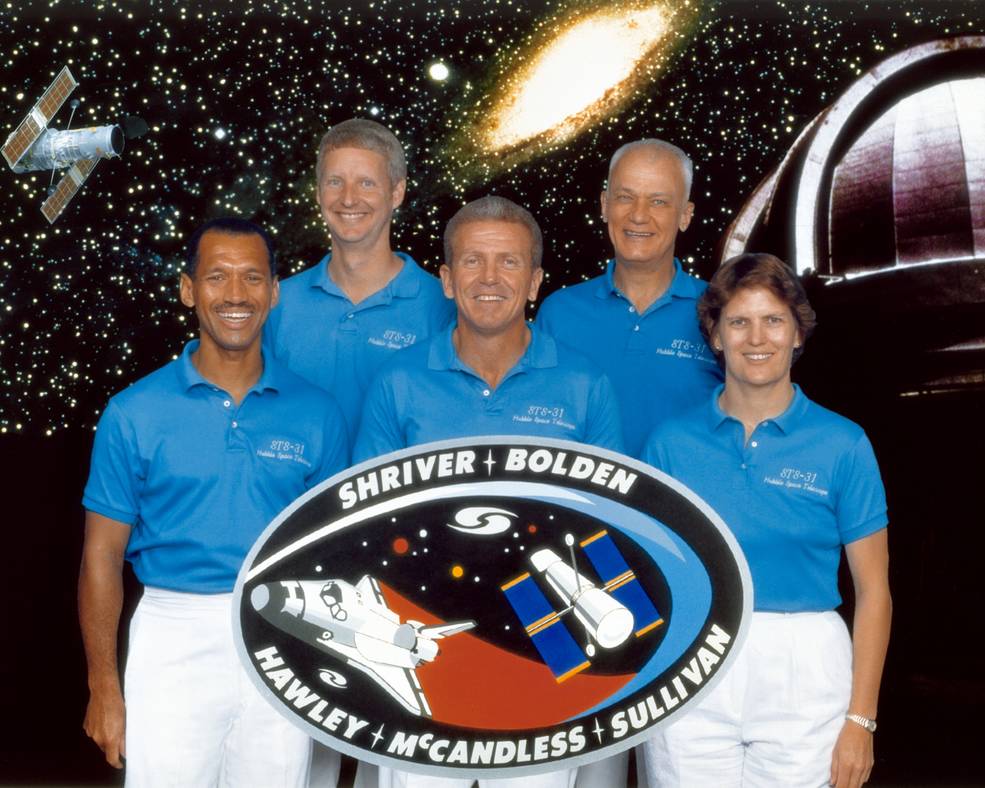
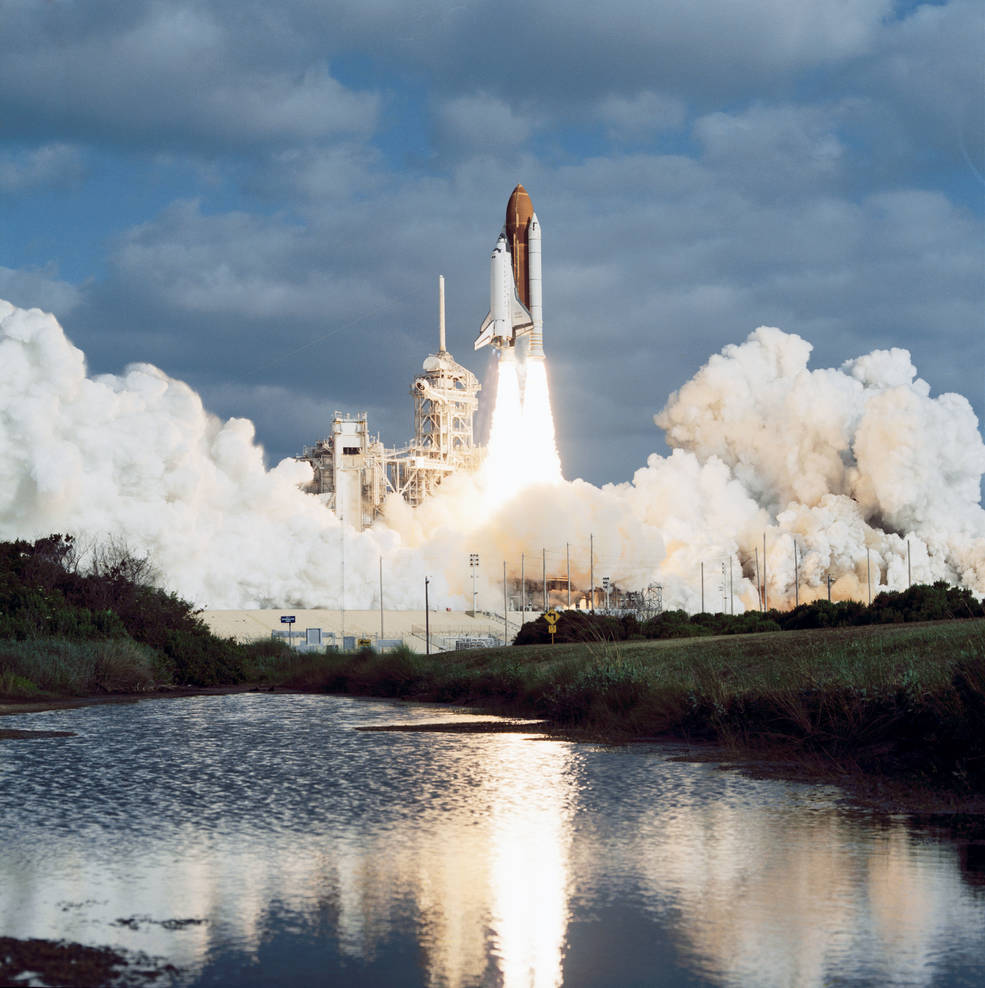
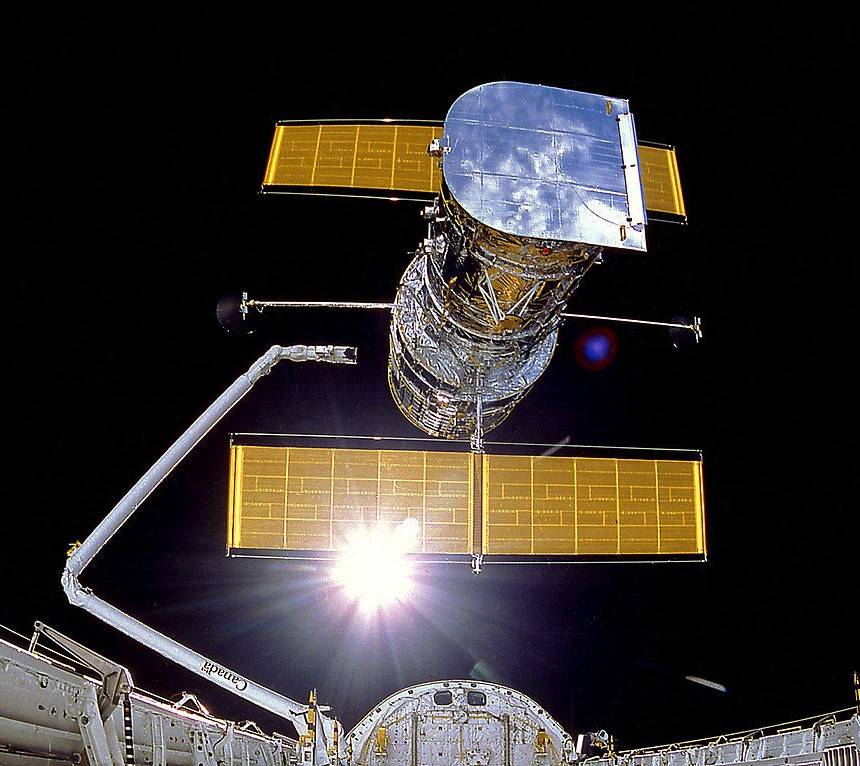
Left: Crew of STS-31 (left to right) Bolden, Hawley, Shriver, McCandless and Sullivan.
Middle: Launch of STS-31. Right: Release of the Hubble Space Telescope during
the STS-31 mission.
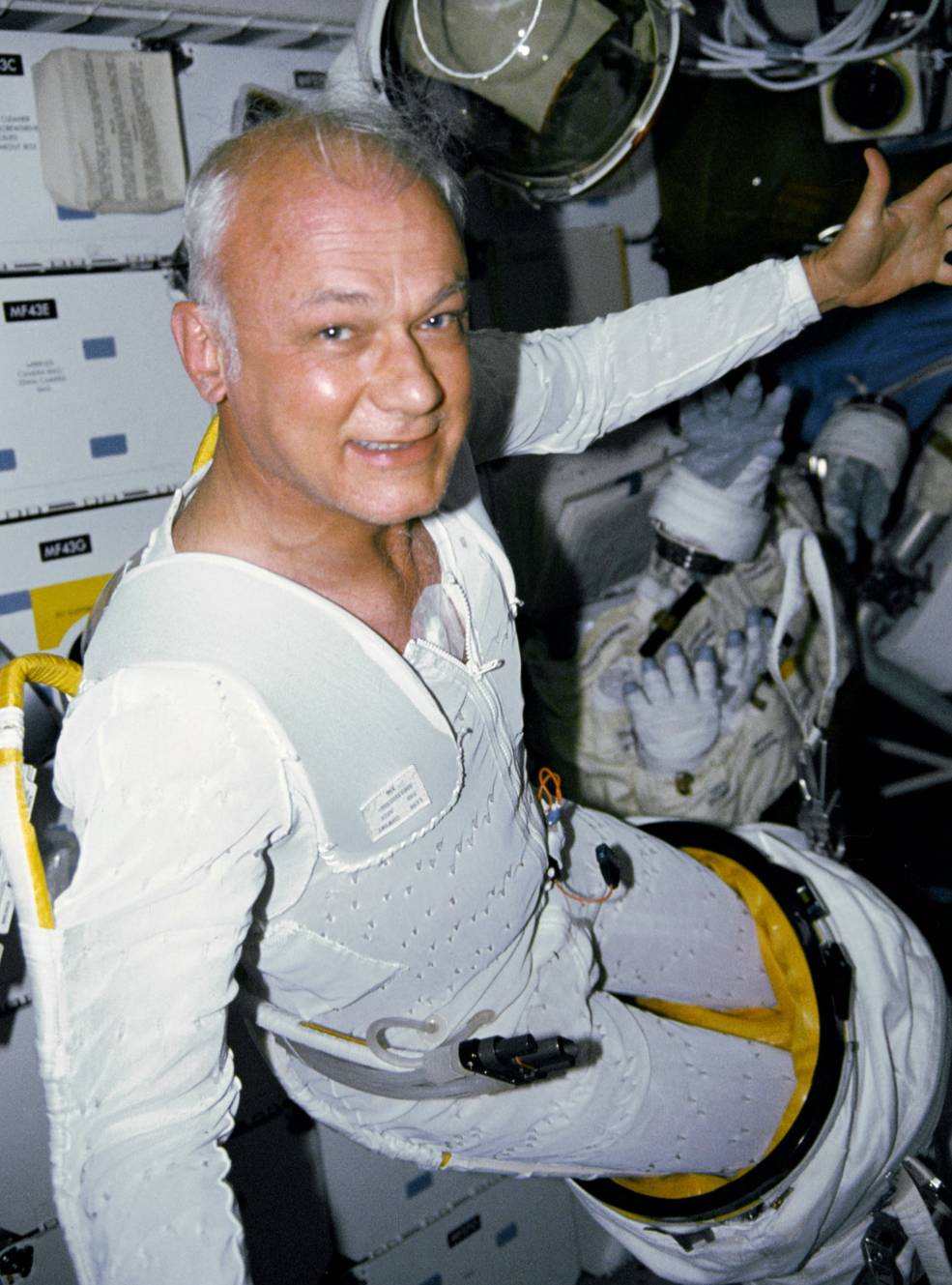
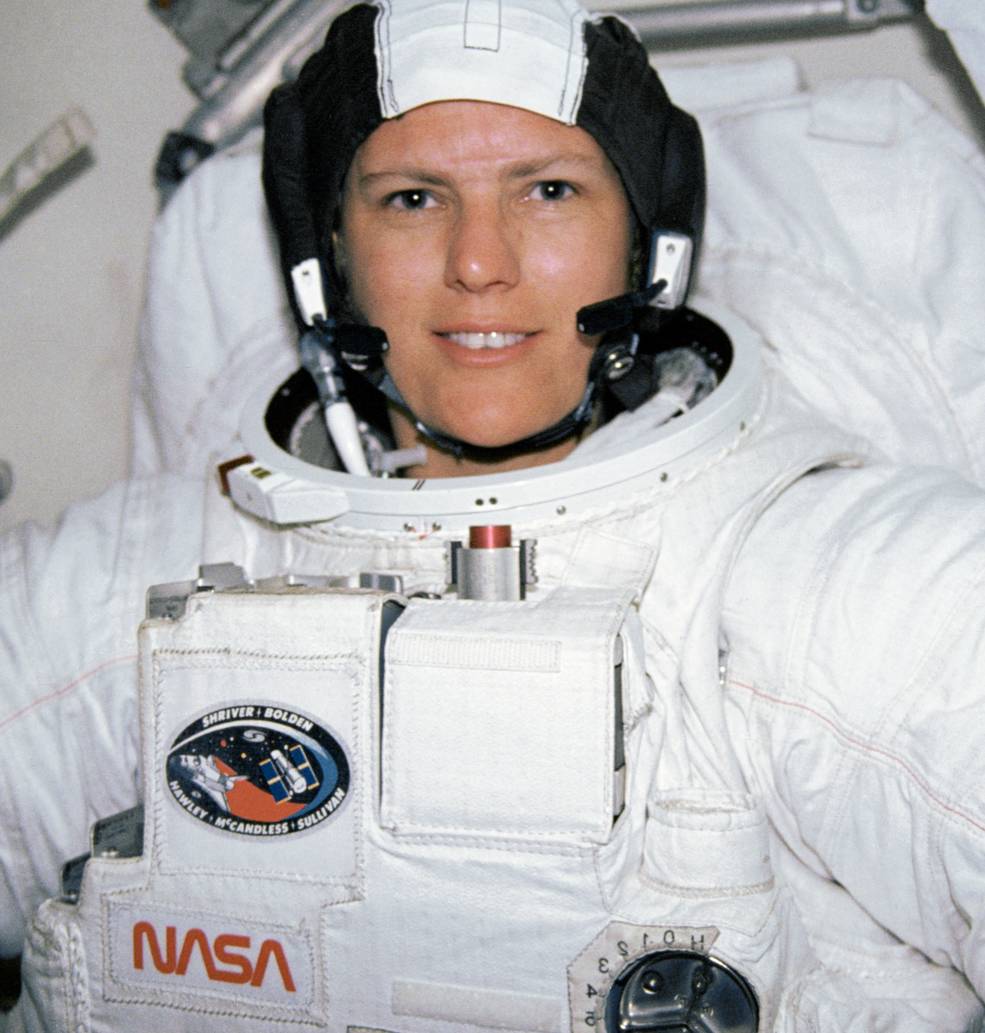
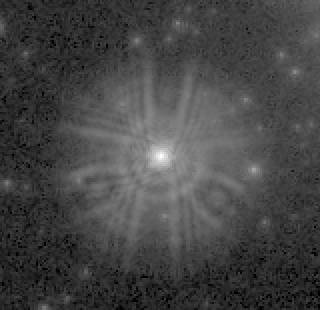
Left and middle: STS-31 astronauts McCandless and Sullivan suiting up for an EVA.
Right: Image from WF/PC showing the blurred image of a star that should have
appeared as a single point of light.
After initial on-orbit activation and checkout of the telescope’s systems, it was time for the much-anticipated “first light” images. The initial images, however, puzzled scientists, as they showed stars not as single well-focused points of light, but as blurred and fuzzy. Investigators learned that the telescope’s primary mirror suffered from a production error, its edges too flat by 0.003 mm, resulting in an optical problem called spherical aberration. While this significantly degraded the capability of several of Hubble’s instruments to return the exceptionally detailed photographs, the telescope still produced some good images. NASA put in place a plan to fix the Hubble’s optical problems without resorting to actually repairing the mirror, which was an impossible task. Since the magnitude of the spherical aberration was well-defined, engineers designed a set of mirrors that astronauts could place aboard Hubble during the previously planned first servicing mission.
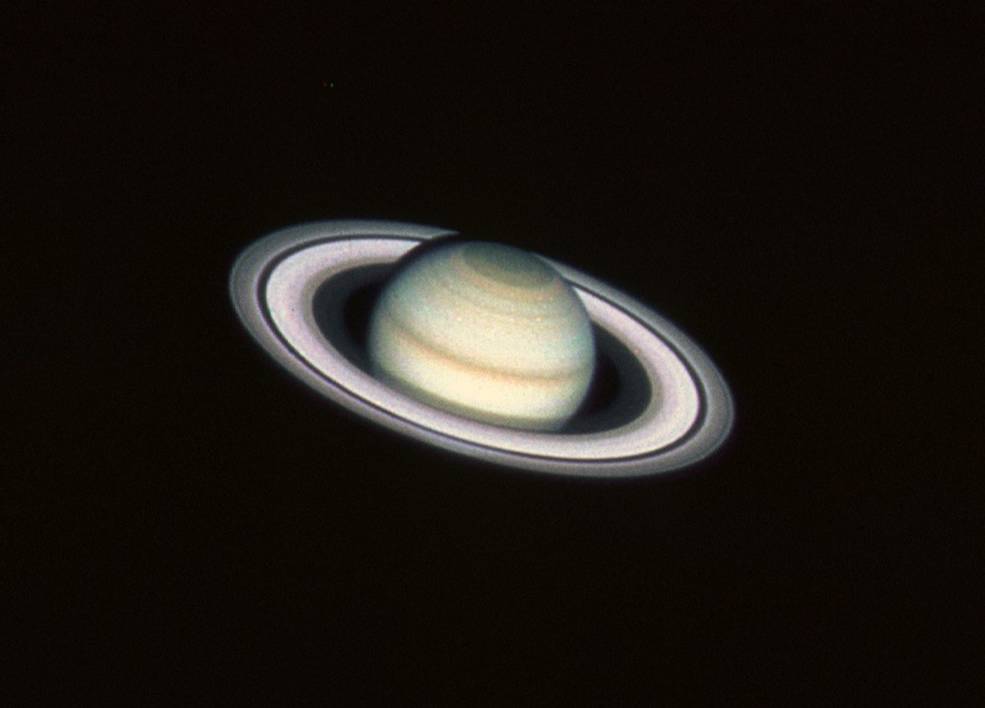
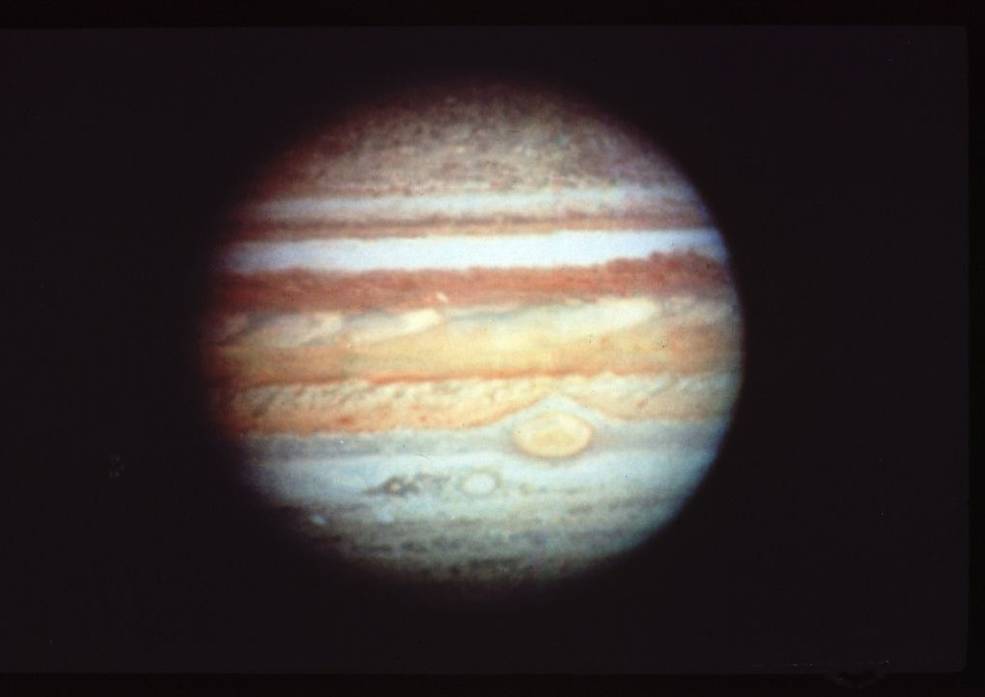
Left: Hubble image of Saturn from 1990. Right: Hubble image of Jupiter from 1991.
The task of fixing Hubble’s degraded optics and also replacing its solar arrays that caused unexpected vibrations fell to the crew of STS-61, the first Hubble Servicing Mission in December 1993. The crew consisted of Commander Richard O. Covey, Pilot Kenneth D. Bowersox, and Mission Specialists Kathryn C. Thornton, Claude Nicollier, Jeffrey A. Hoffman, F. Story Musgrave and Thomas D. Akers. Two days after launch, Nicollier grappled Hubble and secured it in the payload bay of Space Shuttle Endeavour. During the next five days, the EVA teams of Hoffman/Musgrave and Thornton/Akers alternated in conducting an unprecedented five spacewalks to accomplish the repairs. They installed the Corrective Optics Space Telescope Axial Replacement (COSTAR) in place of the HSP, sacrificing the one instrument to enable the telescope to achieve its full potential. They replaced the original WF/PC with an upgraded WF/PC-2 and replaced the original solar arrays with a new pair with stiffer properties to eliminate the unwanted vibrations. Within a month, new images from Hubble indicated the repairs returned the telescope to its expected capabilities, providing astronomers with a unique observation platform.
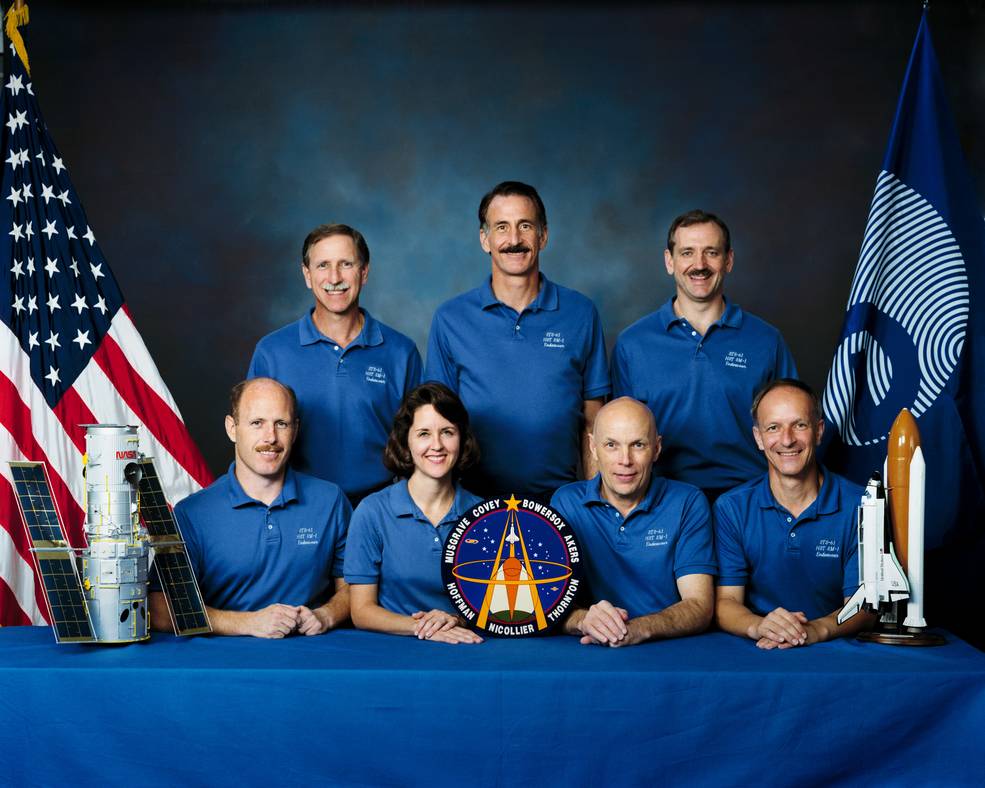
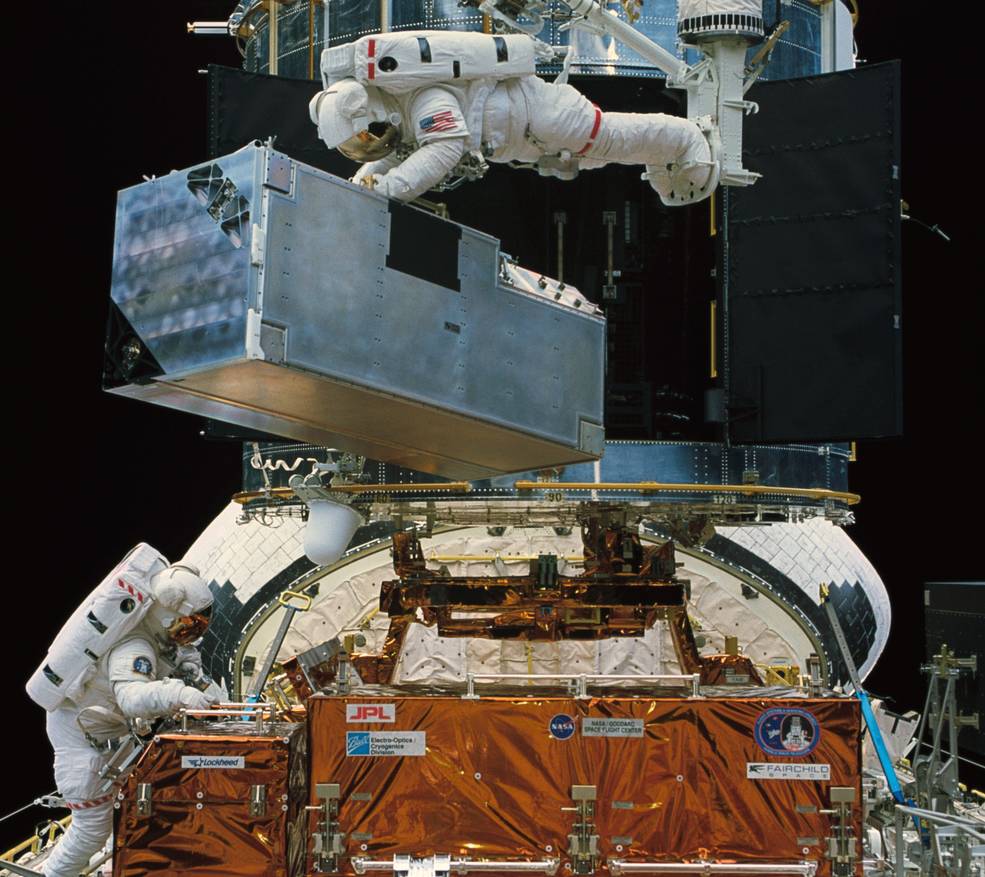
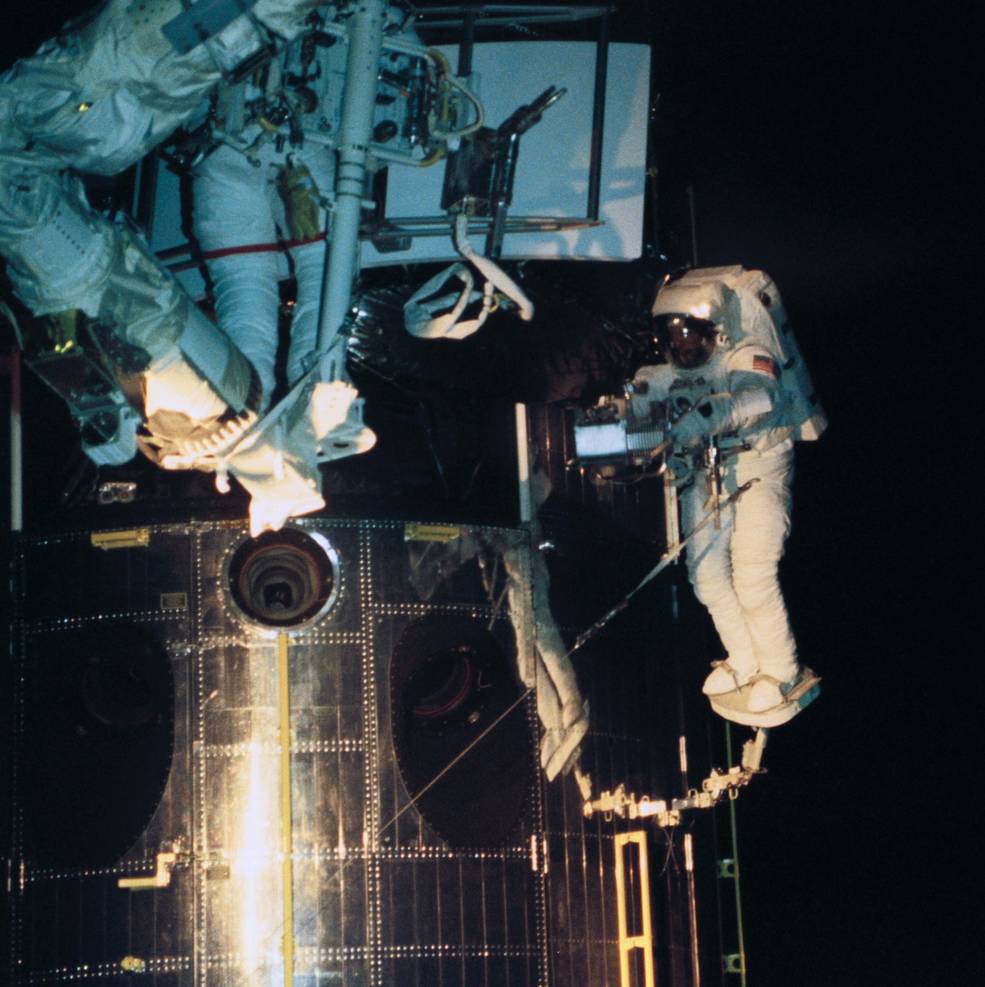
Left: STS-61 crew (front, left to right) Bowersox, Thornton, Musgrave and Nicollier;
(back, left to right) Covey, Hoffman and Akers. Middle: Thornton and Akers installing the
COSTAR to restore Hubble’s optical capabilities. Right: Hoffman and Musgrave
installing the WF/PC-2 instrument.
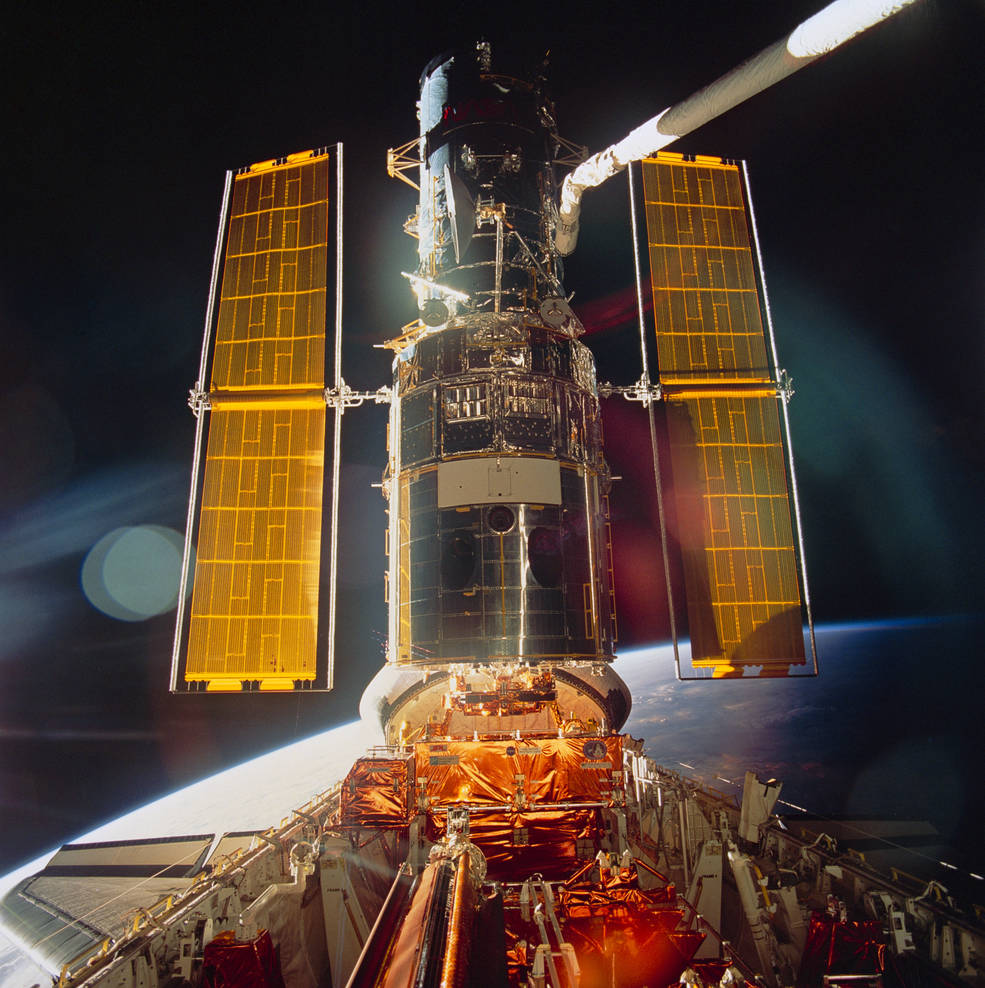
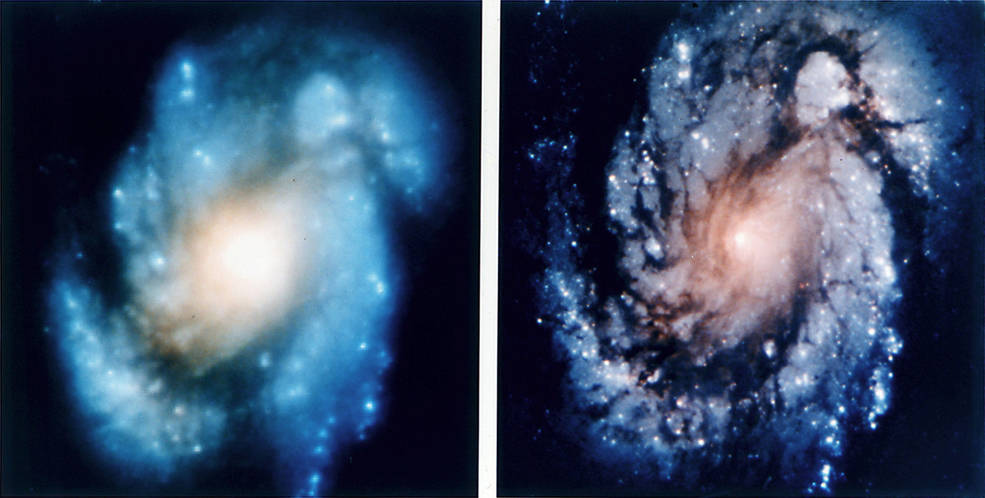
Left: Hubble Space Telescope just prior to release during STS-61. Middle and right: Images of M100 galactic nucleus before and after the first servicing mission showing the improved optical qualities.
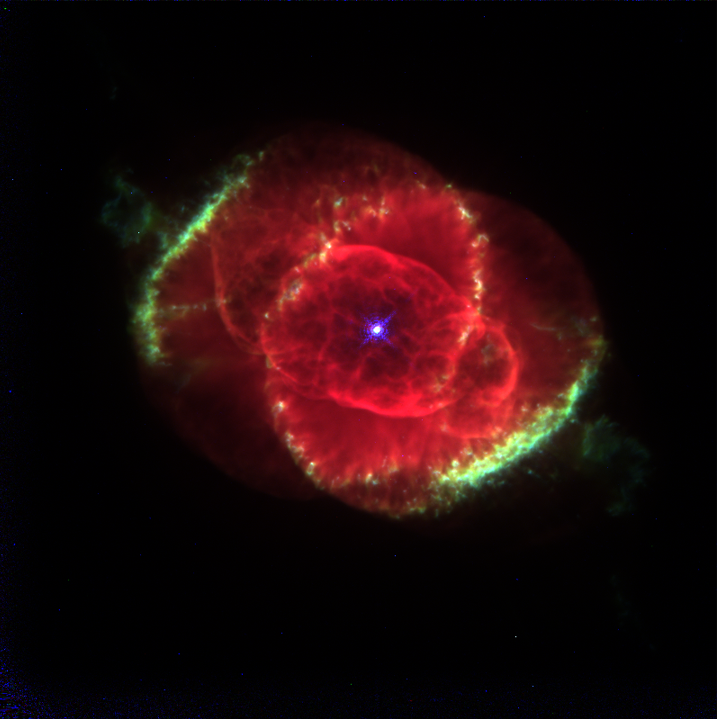
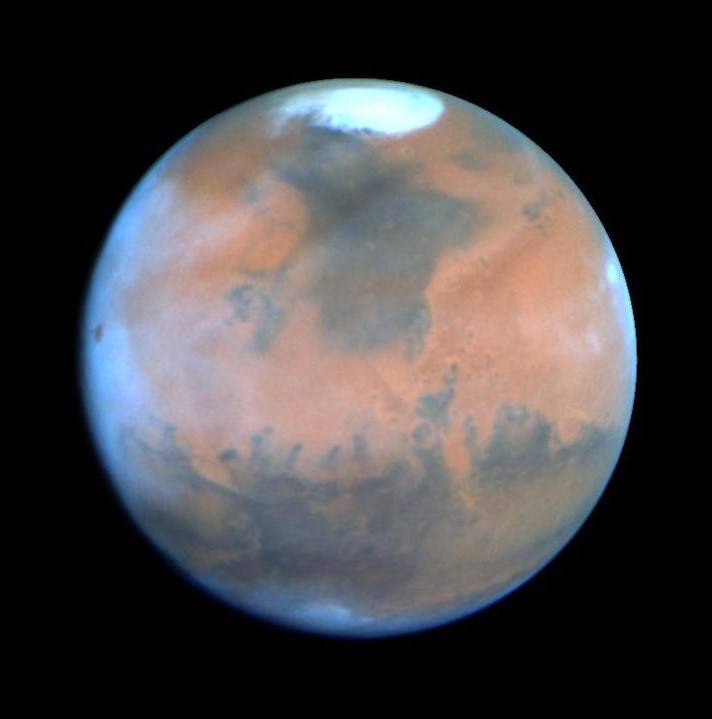
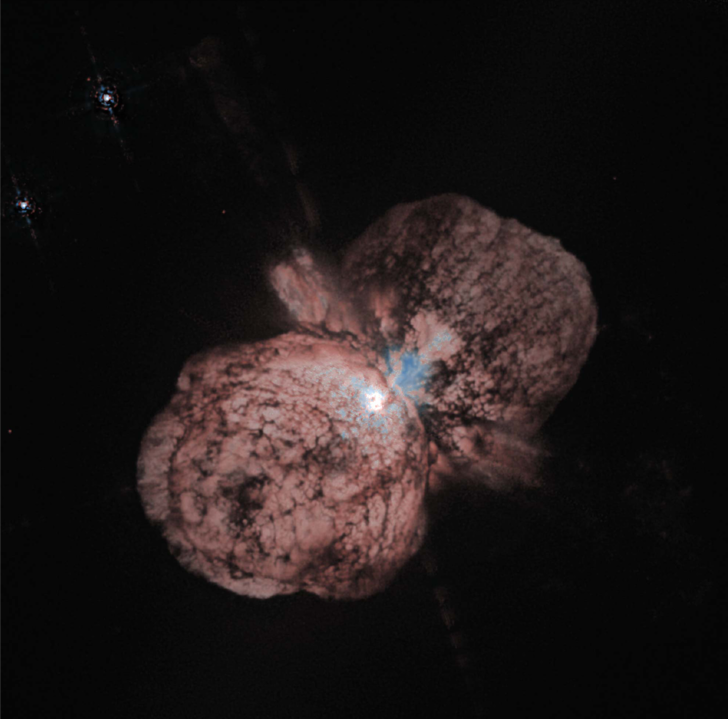
Left: Hubble image of NGC 6543 The Cat’s Eye Nebula from 1995. Middle: Hubble
image of Mars from 1995. Right: Hubble image of Eta Carinae from 1996.
The second Hubble Servicing Mission took place in February 1997 during the STS-82 mission of Space Shuttle Discovery. The crew of STS-82 included Commander Kenneth D. Bowersox, Pilot Scott J. Horowitz, and Mission Specialists Joseph R. Tanner, Steven A. Hawley, Gregory J. Harbaugh, Mark C. Lee and Steve L. Smith. Shuttle arm operator Hawley grappled Hubble and the two spacewalking teams of Smith and Lee and Tanner and Harbaugh alternated to conduct five EVAs over the next five days. They replaced the GHRS instrument with the Space Telescope Imaging Spectrograph (STIS) and the FOS with the Near Infrared Camera and Multi-Object Spectrometer (NICMOS), replaced a science data tape recorder with a solid-state version and repaired some thermal insulation. The crew raised Hubble’s orbit nearly six miles using the Shuttle’s steering thrusters. After release, Hubble resumed its mission of providing unprecedented views of the universe to astronomers.
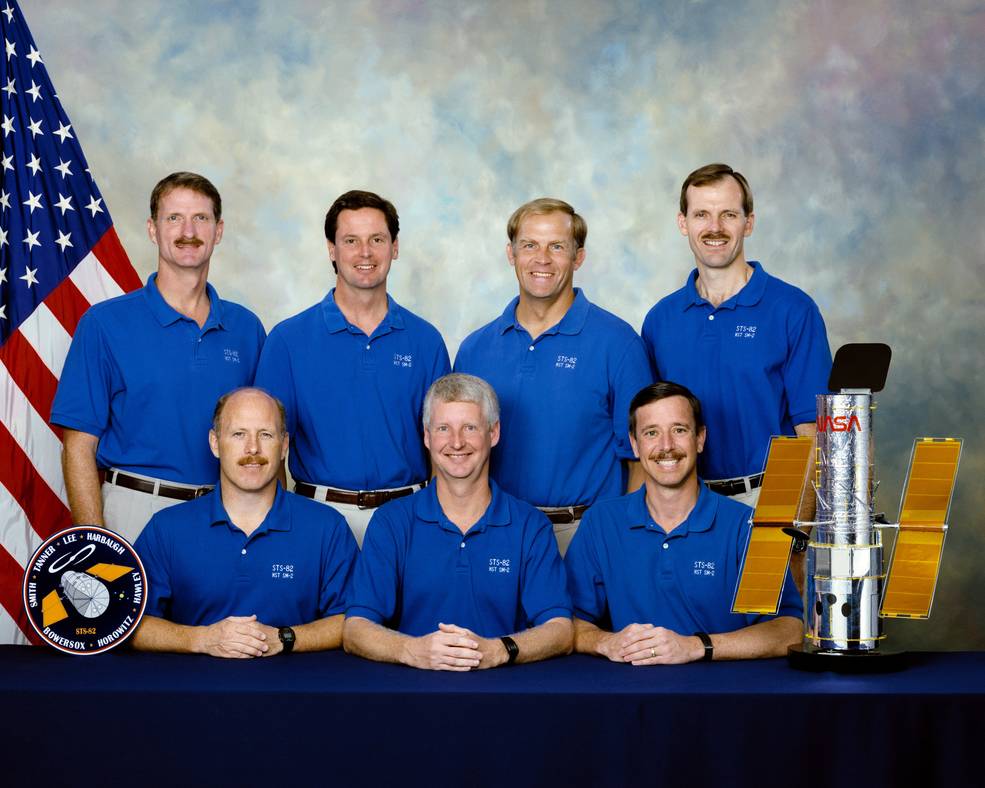
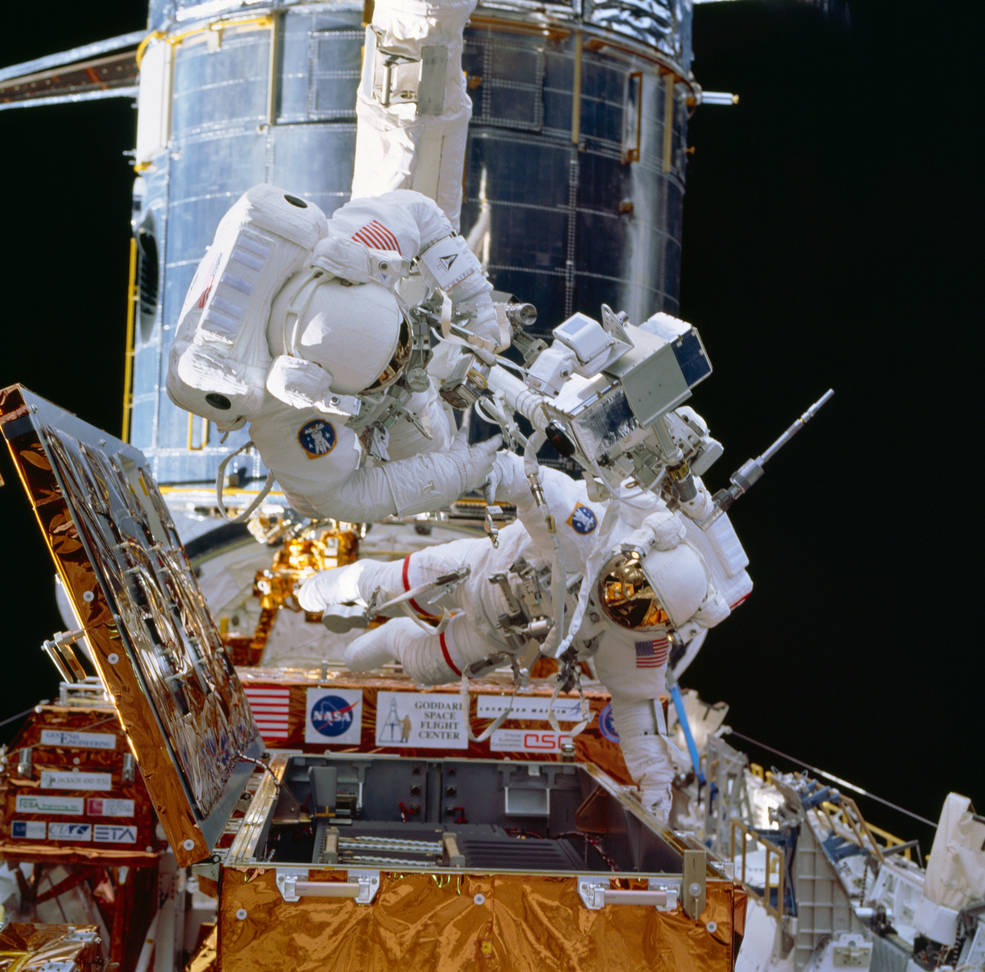
Left: Crew of STS-82 (front, left to right) Bowersox, Hawley and Horowitz,
(back, left to right) Tanner, Harbaugh, Lee and Smith. Right: Smith and
Lee during the first STS-82 EVA.
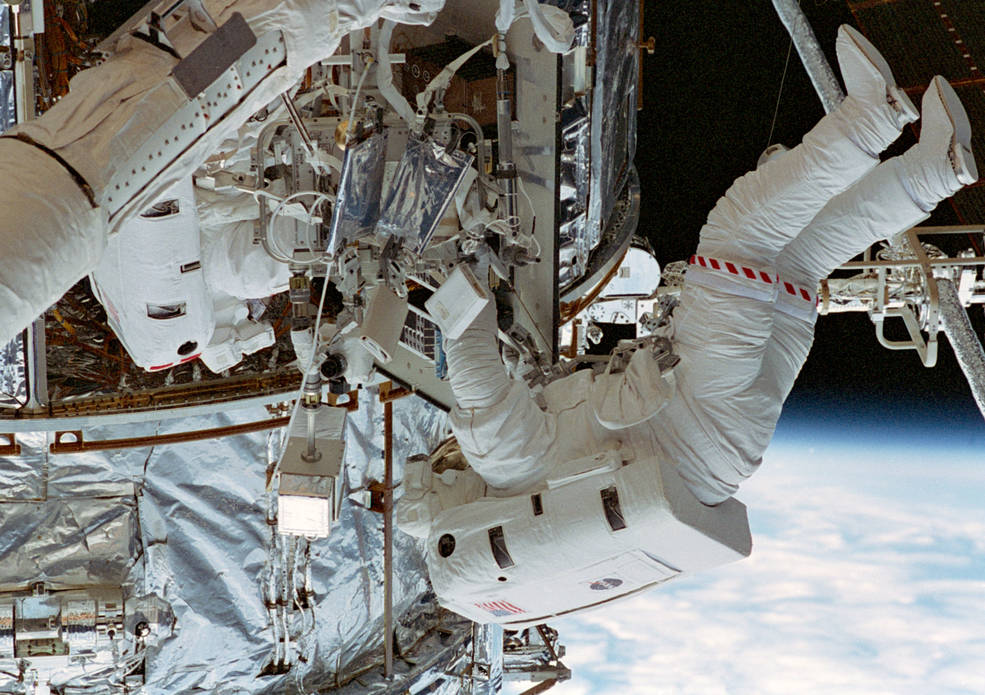
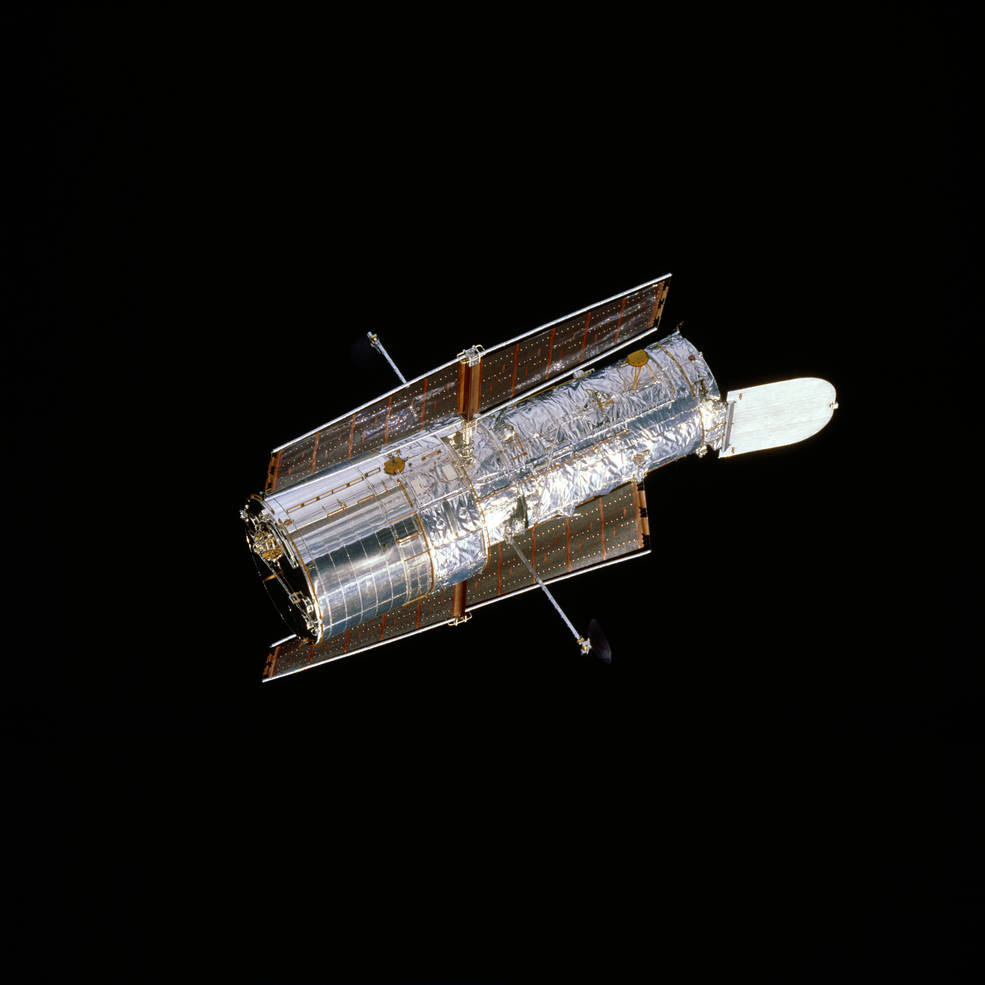
Left: Tanner and Harbaugh during the STS-82 EVA4.
Right: Hubble after release during STS-82.
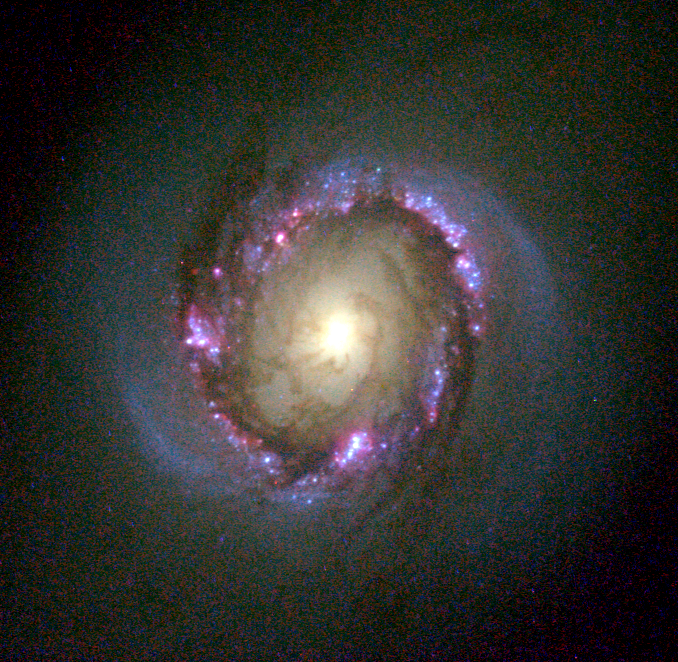
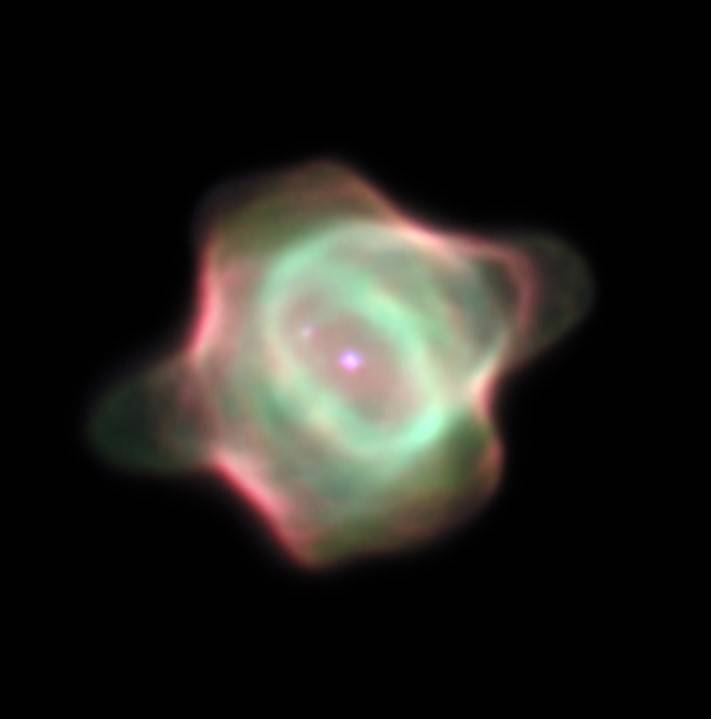
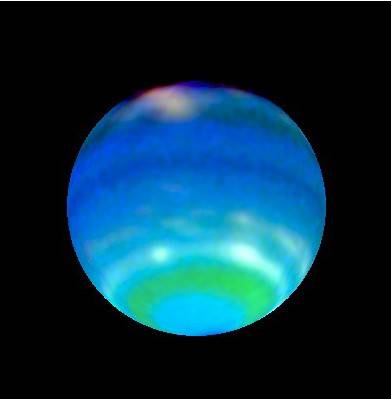
Left: Hubble image of NGC 4314 from 1998. Middle: Hubble image
of the Stingray Nebula from 1998. Right: Hubble image of Neptune from 1998.
Managers split the next planned third servicing mission to Hubble into two flights since three of the telescope’s stabilizing gyroscopes had failed (a fourth failed shortly before the Shuttle’s launch). The Servicing Mission 3A took place in December 1999 during Discovery’s STS-103 mission. The crew included Commander Curtis L. Brown, Pilot Scott J. Kelly and Mission Specialists Steven L. Smith, Jean-François A. Clervoy, John M. Grunsfeld, C. Michael Foale and Claude Nicollier. Clervoy captured Hubble using the Shuttle’s robot arm and secured it in the payload bay. The EVA teams of Smith/Grunsfeld and Foale/Nicollier alternated days to perform three spacewalks to replace all six gyroscopes, replace a fine guidance sensor, the computer and thermal insulation. Clervoy released the refurbished telescope to continue its scientific mission.
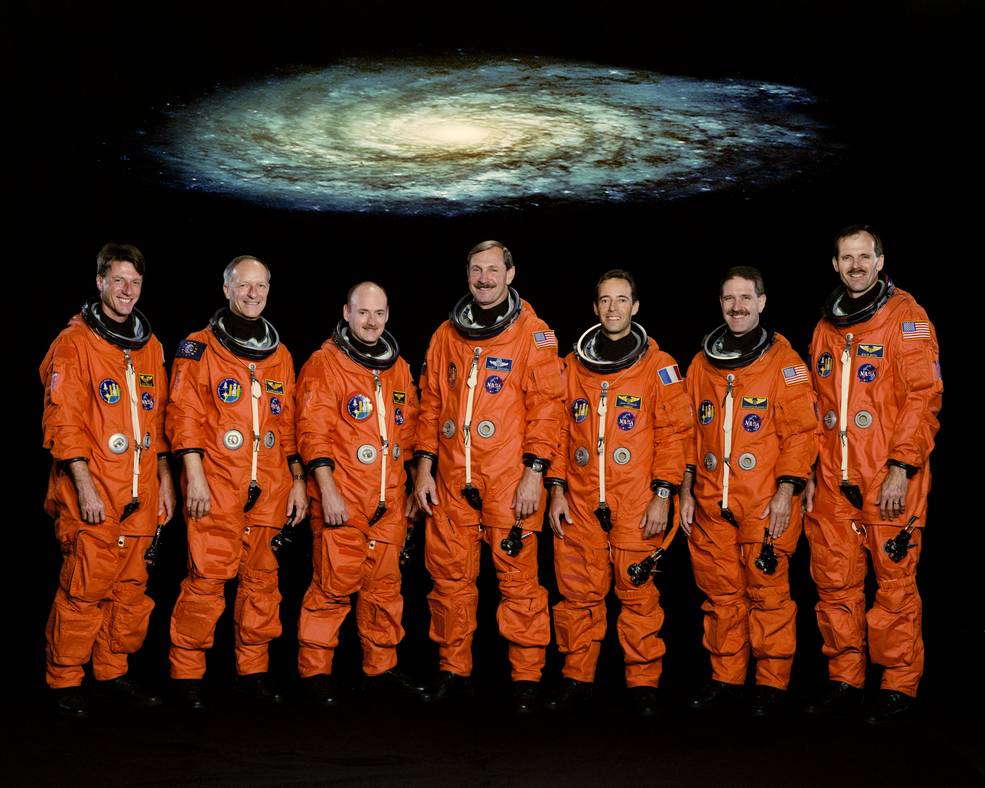
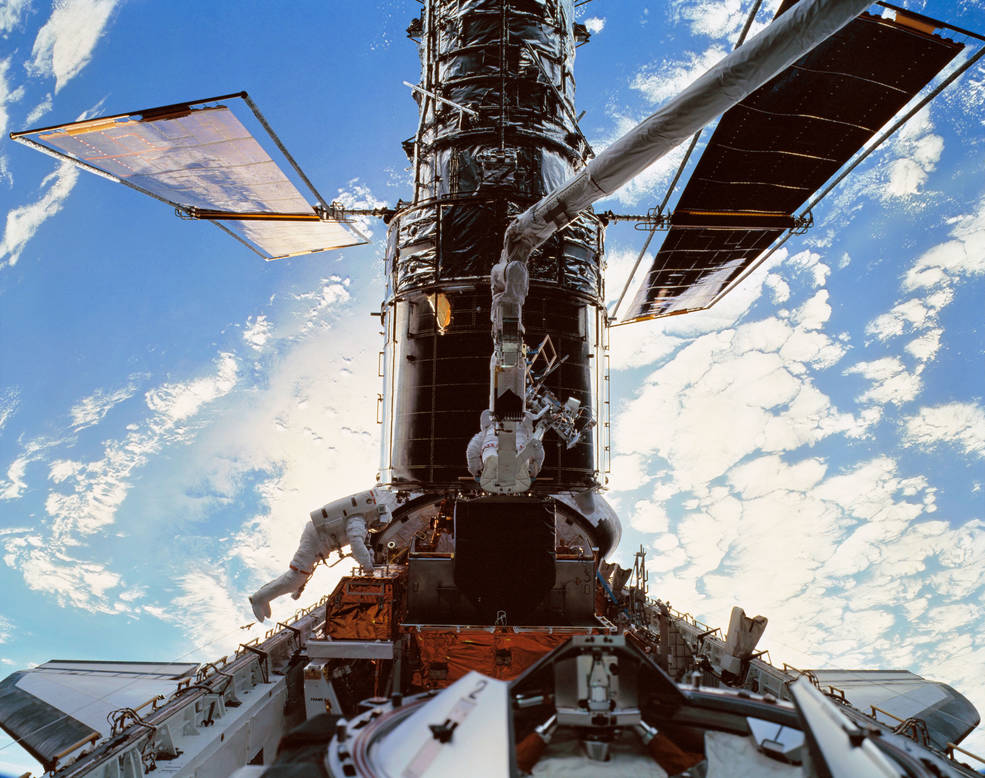
Left: STS-103 crew (left to right) Foale, Nicollier, Kelly, Brown, Clervoy,
Grunsfeld and Smith. Right: Foale and Nicollier during STS-103 EVA2.
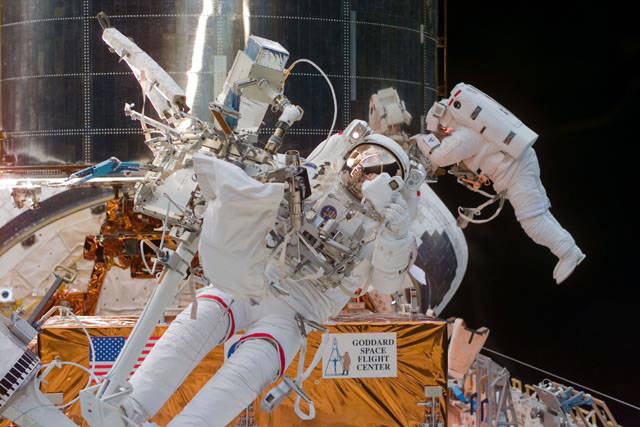
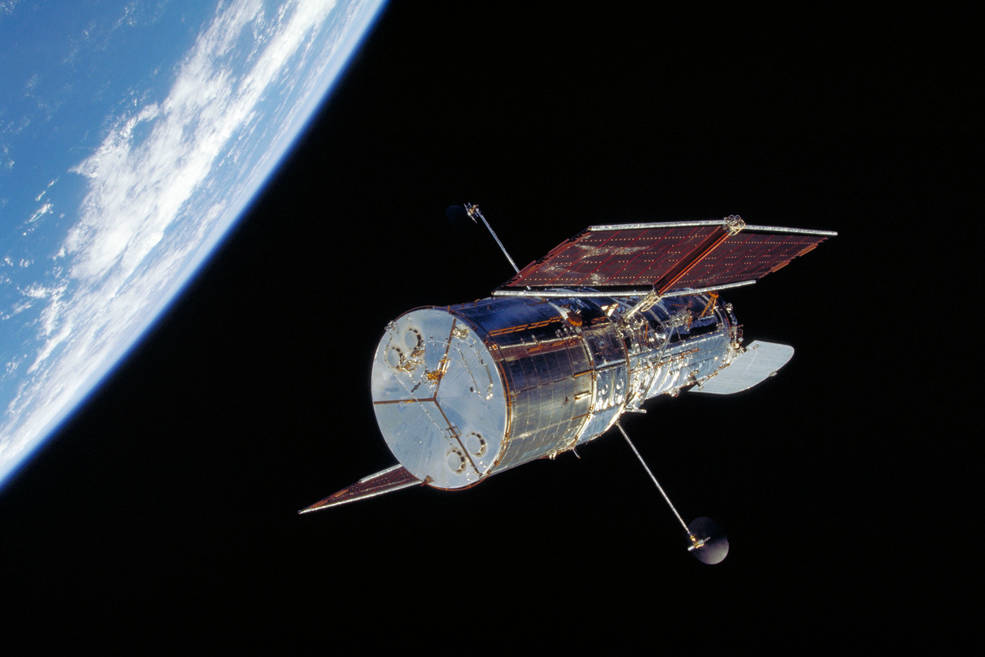
Left: Smith and Grunsfeld during STS-103 EVA3.
Right: Hubble after release during STS-103.

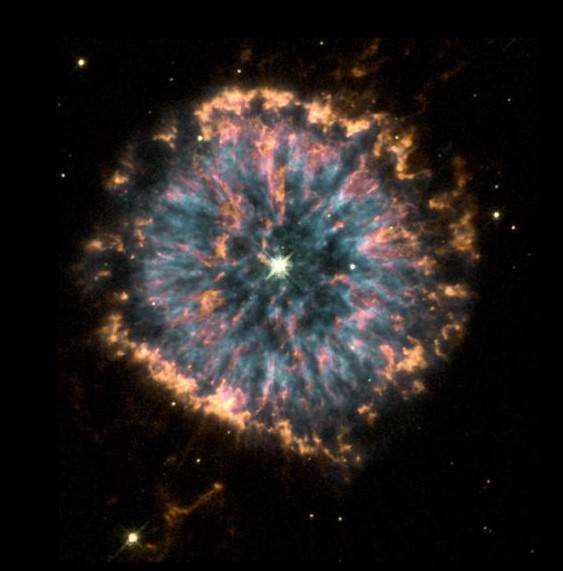
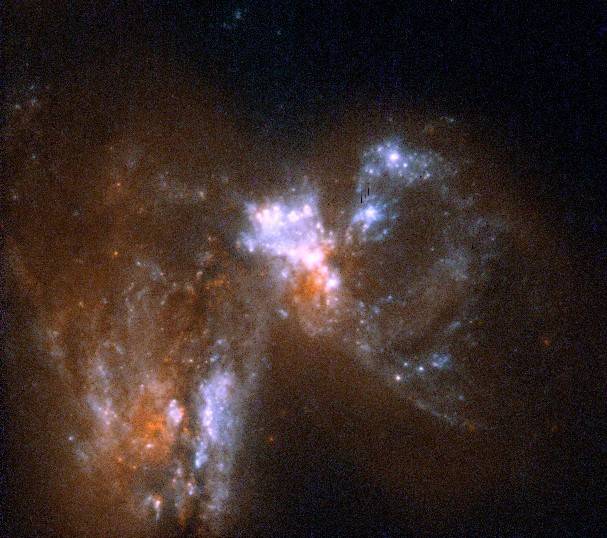
Left: Hubble image of the Eskimo Nebula NGC 2392 from 2000. Middle: Hubble image
of planetary nebula NGC 6751 from 2000. Right: Hubble image of a cosmic collision
between two galaxies UGC 06471 and UGC 06472 from 2001.
The Hubble Servicing Mission 3B took place in March 2002 during the STS-109 mission of Space Shuttle Columbia. The crew for this mission included Commander Scott D. Altman, Pilot Duane G. Carey and Mission Specialists John M. Grunsfeld, Nancy J. Currie, Richard M. Linnehan, James H. Newman and Michael J. Massimino. Currie grappled Hubble to place it securely in Columbia’s payload bay. The two EVA teams of Grunsfeld and Linnehan and Newman and Massimino completed five spacewalks to replace the FOC with the new Advanced Camera for Surveys (ACS) and to install new more durable and efficient solar arrays, they replaced the Power Control Unit and installed a new cooling system to revive the NICMOS instrument dormant since 1999. Currie released the upgraded telescope to continue its unprecedented scientific mission.
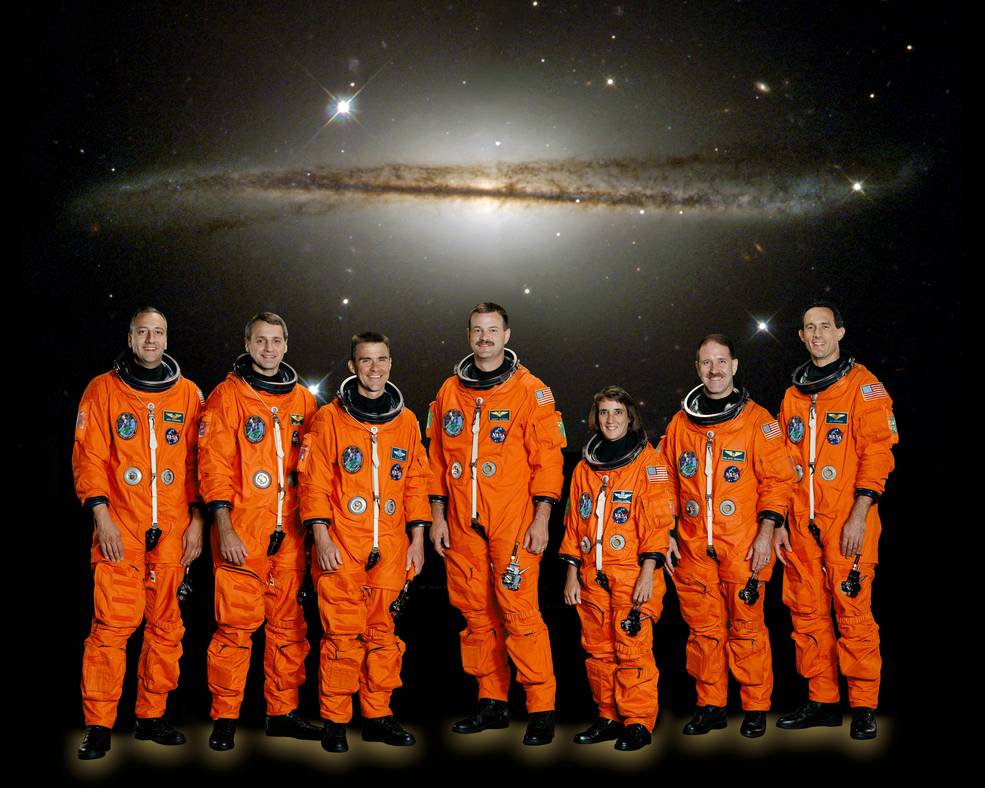
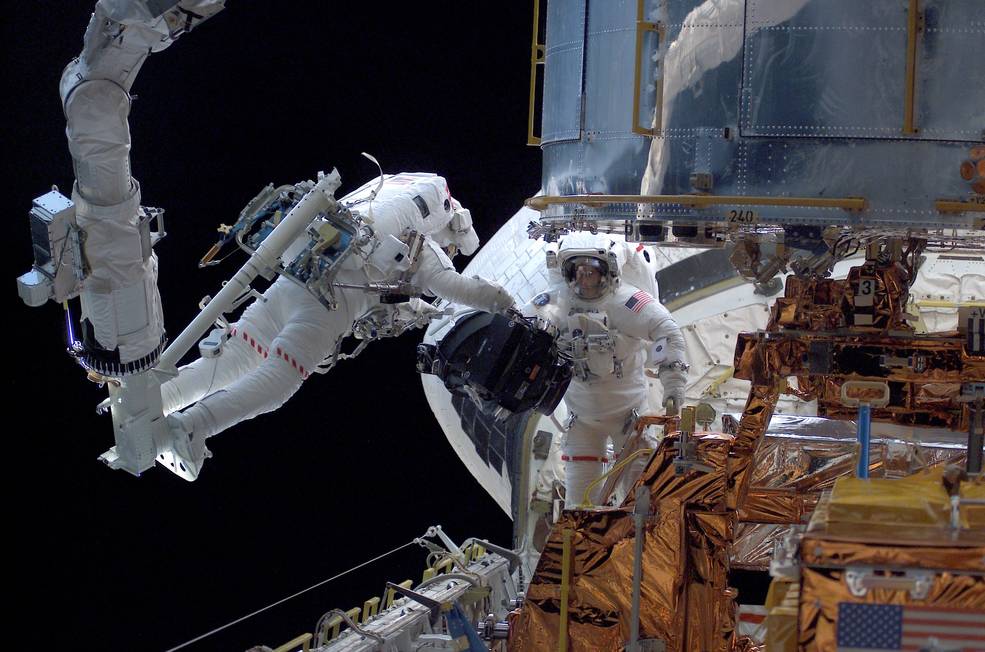
Left: Crew of STS-109 (left to right) Massimino, Linnehan, Carey, Altman,
Currie, Grunsfeld and Newman. Right: Massimino and Newman working
with the Reaction Wheel Assembly during the STS-109 EVA2.
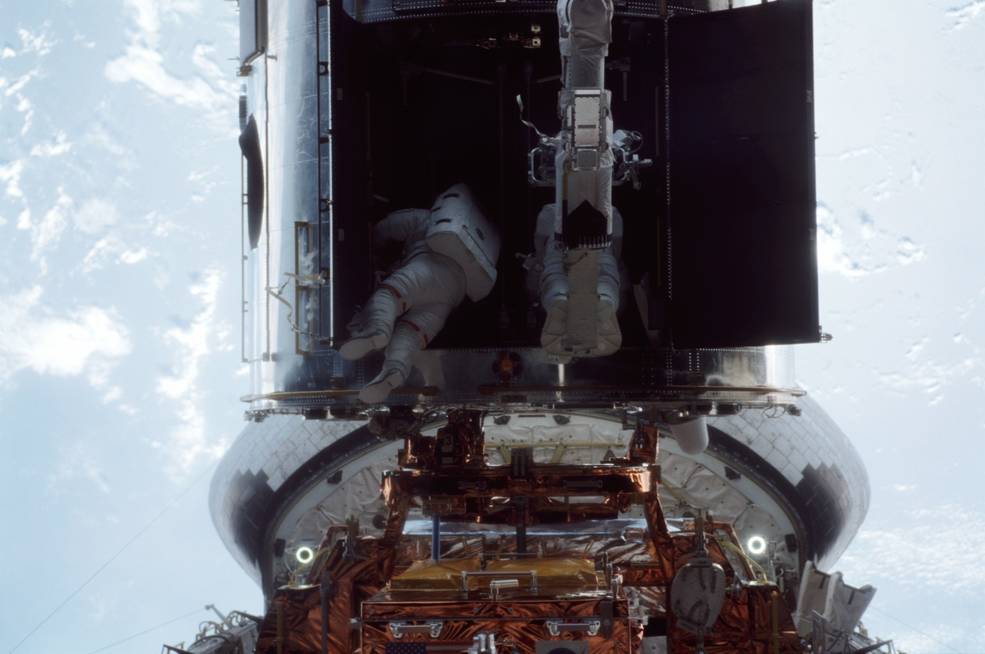
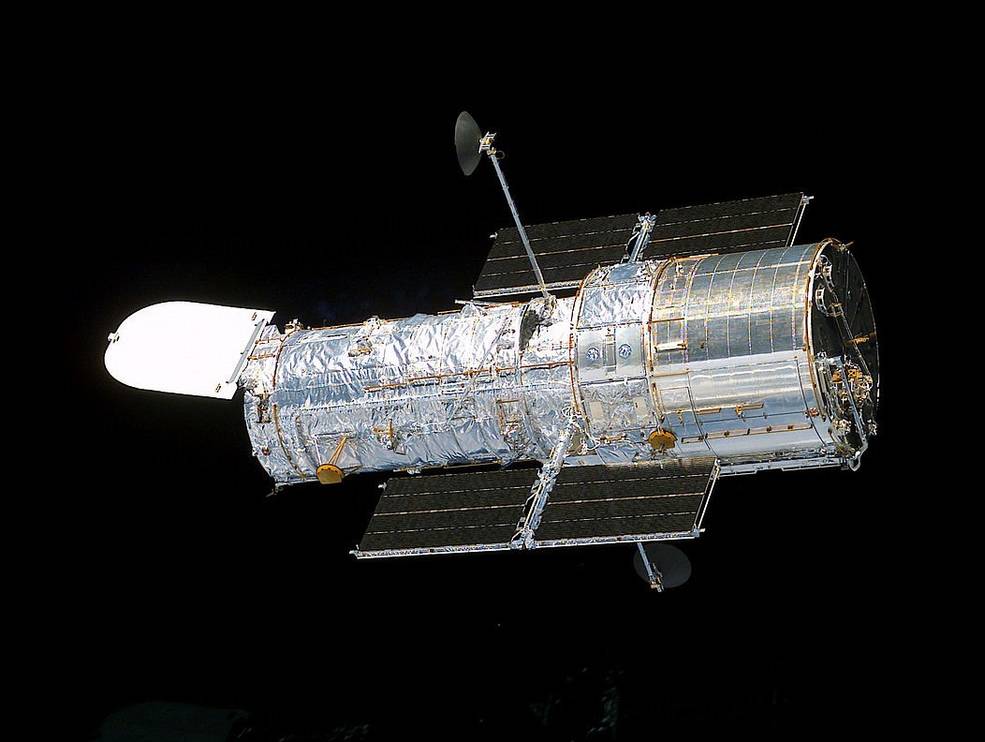
Left: Grunsfeld and Linnehan installing NICMOS cryocooler during the
STS-109 EVA5. Right: Hubble after release during STS-109, showing the
newly installed solar arrays.
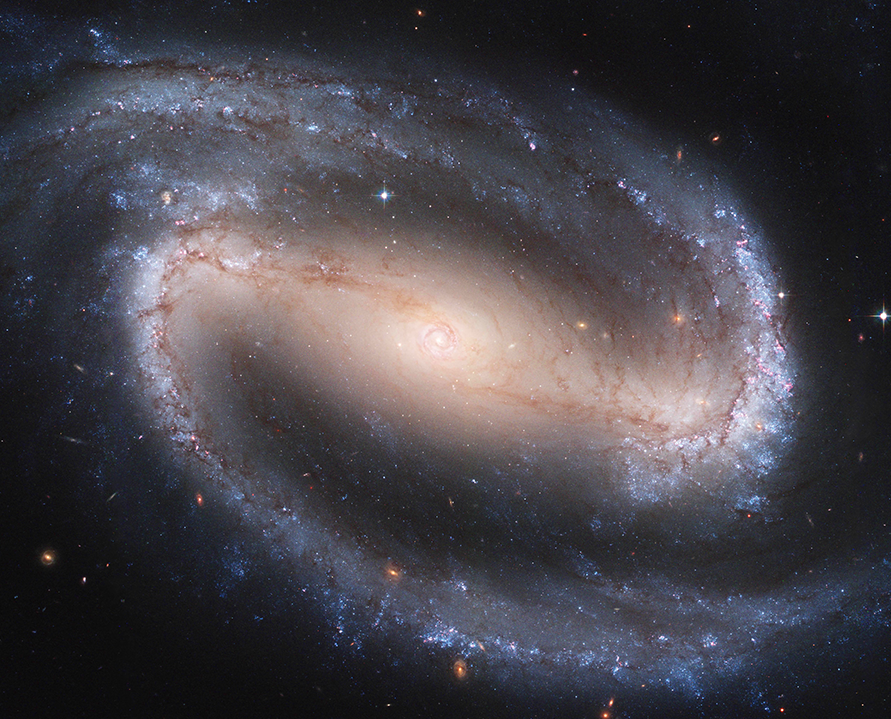
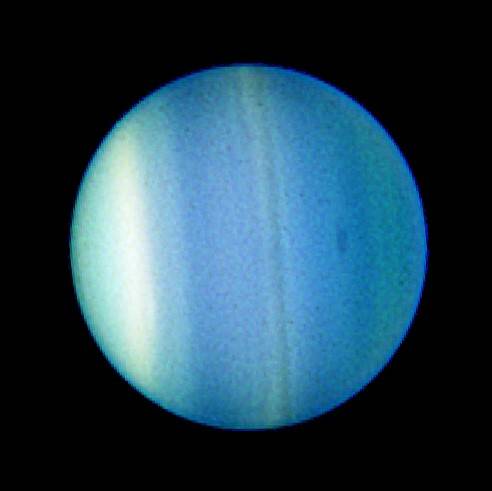
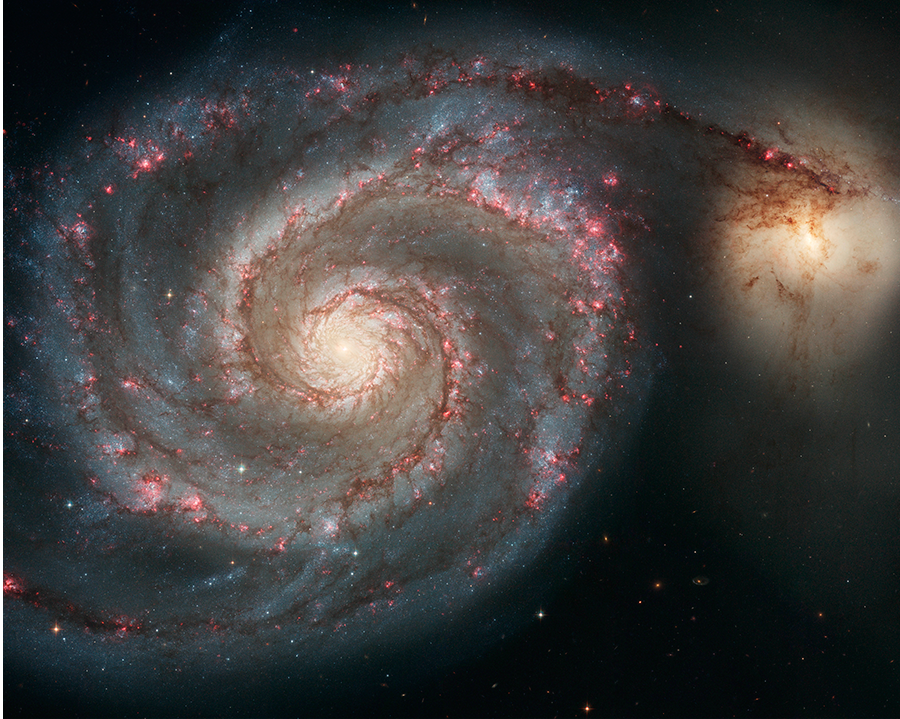
Left: Hubble image of barred spiral galaxy NGC 1300 from 2005. Middle: Hubble image
of dark spot in the clouds of Uranus from 2006. Right: Hubble image of The Whirlpool
Galaxy M51 and companion galaxy from 2005.
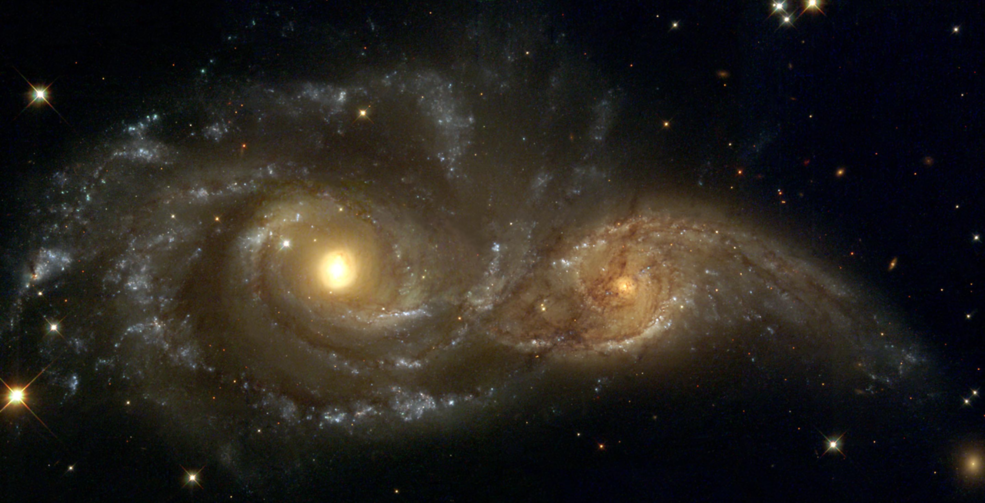
Hubble image of interacting spiral galaxies NGC 2207 and IC 2163 from 2004.
The fifth and final Hubble Servicing Mission originally planned for 2005 almost didn’t happen. In the wake of the 2003 Columbia accident, NASA managers only approved Space Shuttle missions that flew to the safe haven of the International Space Station. Following recommendations from the National Academy of Sciences, NASA reversed the decision in 2005 and authorized the flight that took place in May 2009, already four years past the telescope’s originally expected 15-year life. The crew for the STS-125 mission of Atlantis included Commander Scott D. Altman, Pilot Gregory C. Johnson and Mission Specialists Michael T. Good, Megan K. McArthur, John M. Grunsfeld, Michael J. Massimino and Andrew J. Feustel. On this final visit to Hubble, McArthur grappled the telescope and secured it in the Shuttle’s payload bay. The two EVA teams of Grunsfeld and Feustel and Massimino and Good performed five spacewalks to complete the final maintenance on the telescope. Their tasks included replacing the WF/PC-2 with the Wide Field Camera 3 (WFC-3), replacing COSTAR with the Cosmic Origins Spectrograph (COS), replacing the data handling unit, repairing the ACS and STIS instruments, and installing improved nickel hydrogen batteries. The repairs and upgrades to the telescope completed and Hubble fully operational, McArthur released the telescope for the final time. This last visit was expected to keep Hubble working through 2014 and six years later on its 30th anniversary the telescope is still going strong.
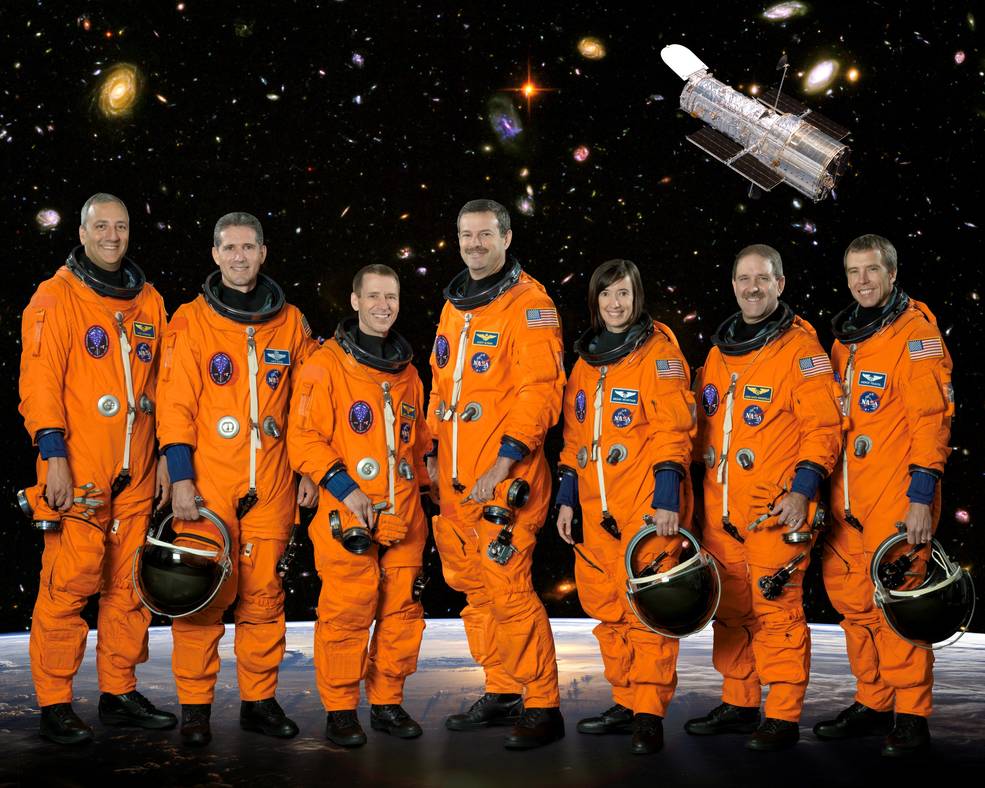
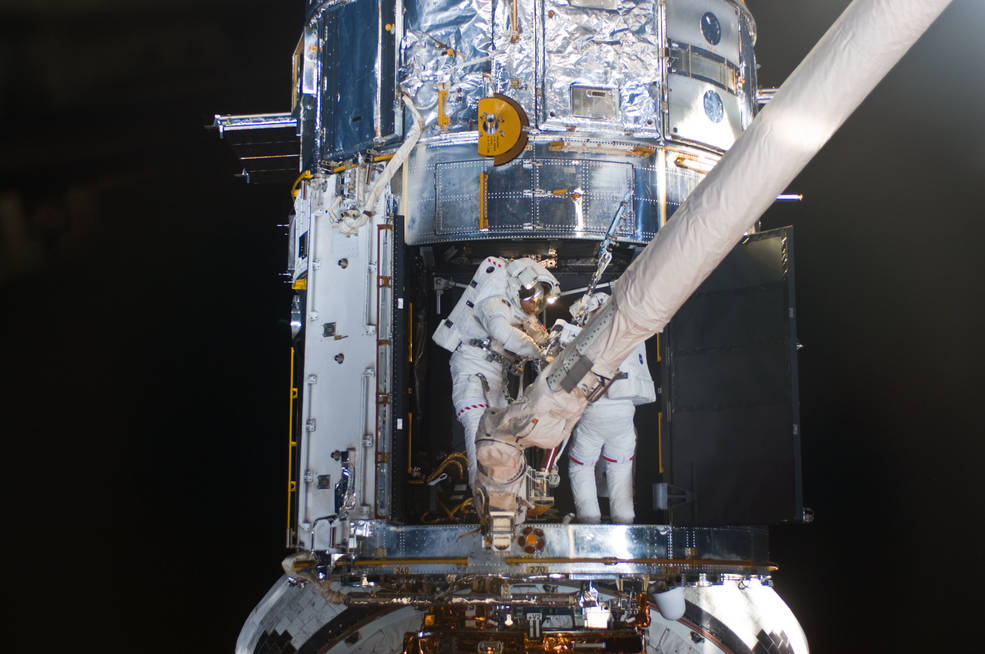
Left: Crew of STS-125, the final Hubble Servicing Mission (left to right)
Massimino, Good, Johnson, Altman, McArthur, Grunsfeld and Feustel.
Right: Massimino and Good repairing the STIS instrument during
the STS-125 EVA4.
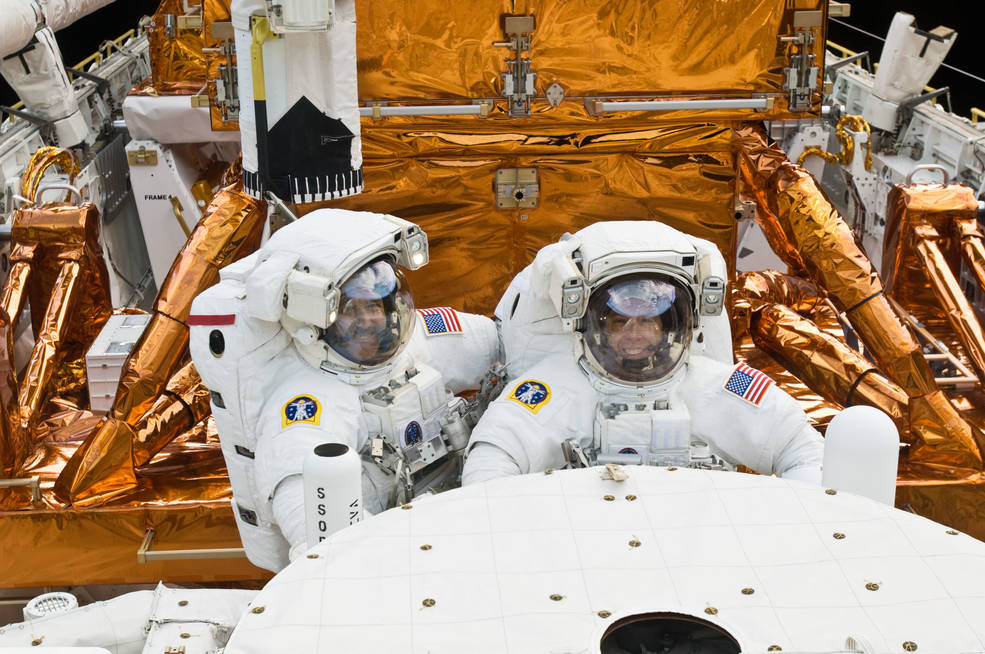
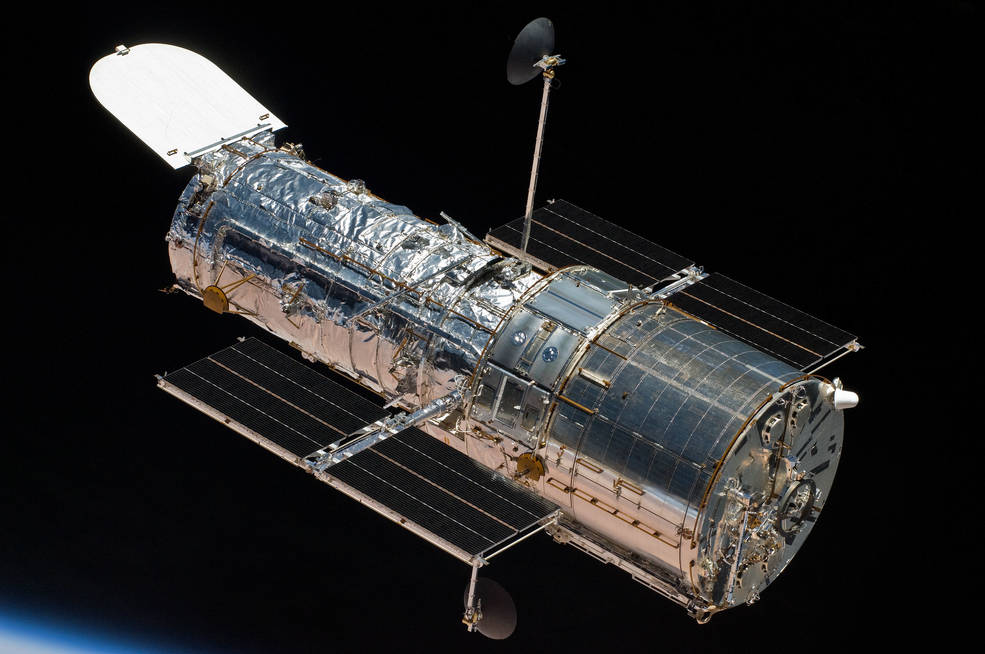
Left: Grunsfeld and Feustel about to reenter the Shuttle’s airlock at the
end of the final STS-125 EVA. Right: Hubble after release during STS-125.
To summarize the discoveries made by scientists using data from the Hubble Space Telescope is well beyond the scope of this article. Suffice it to say that during its 30 years of operation, information and images returned by Hubble have revolutionized astronomy, literally causing scientists to rewrite textbooks, and dramatically altered how the public views the wonders of the universe. On the technical side, the launch of Hubble and the servicing missions to maintain and upgrade its capabilities have proven conclusively the value of maintainability of space-based scientific platforms. During the five servicing missions, 16 space walking astronauts conducted 23 EVAs totaling more than 165 hours, or just under 7 days, to make repairs or improvements to the telescope’s capabilities.
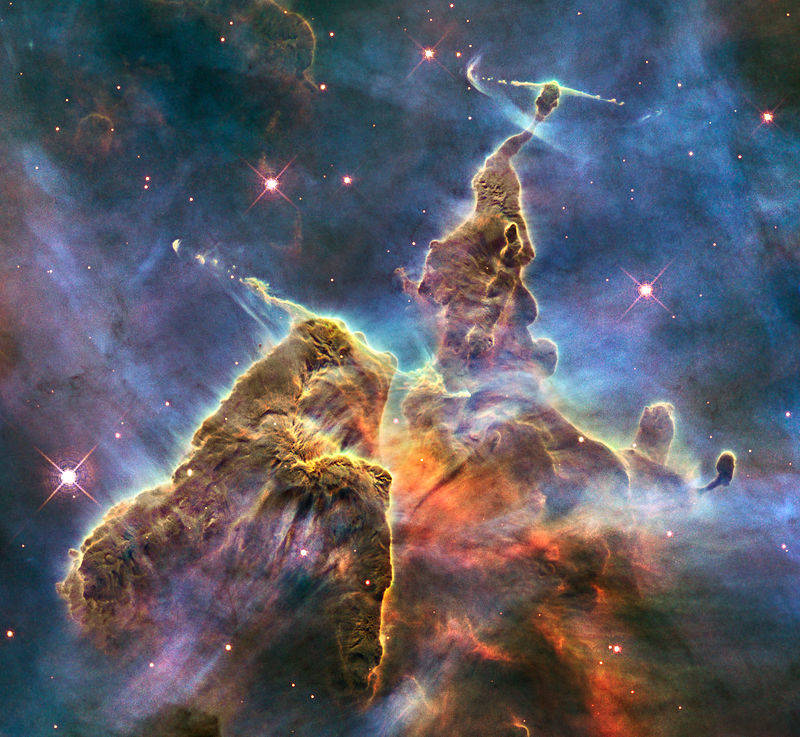
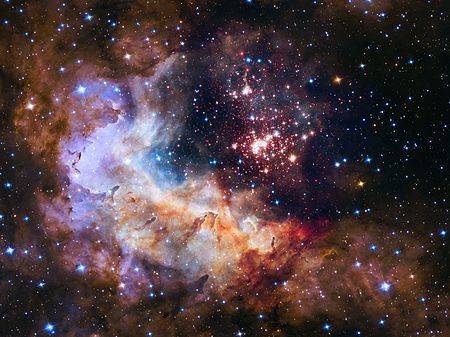
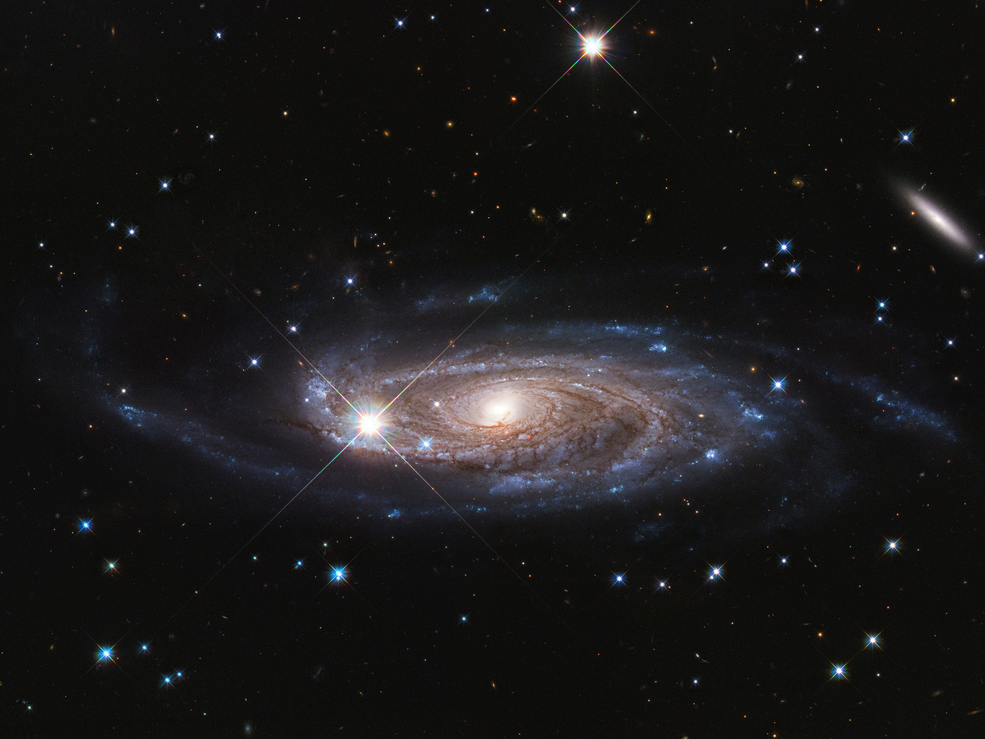
Left: 20th anniversary image of the Carina Nebula. Middle: 25th anniversary image of the star cluster Westerlund 2. Right: One of the 30th anniversary images, of spiral galaxy UGC 2885.
For more on the Hubble Space Telescope, please visit https://hubblesite.org/
*From Kathryn D. Sullivan, Handprints on Hubble – An Astronaut’s Story of Invention. Smithsonian Institution, 2019:83.


























